Renewability and Robustness Analysis and Review for Sustainable-Technology Propulsion Systems in Modern Transportation Infrastructure Administration
Abstract
:Featured Application
Abstract
1. Introduction
2. Vehicle Topology Advancements
3. Internal Combustion Engine
3.1. Common-Rail Direct Injection
3.2. CRDI System Improvements
3.3. Auxiliary Catalytic Systems
3.4. Improving Renewability of Direct Injection Fuel Systems
3.5. Known Renewability Issues and Reliability
4. Electric Vehicles
4.1. Battery-Powered Topologies
4.2. Energy Storage and Transfer Systems Advancements
4.3. Fuel Cells for Electric Vehicles
4.4. Challenges and Limitations
5. Extended-Capability Vehicles
5.1. Magnetic Levitation Propulsion
5.2. The Hyperloop Concept
6. Vulnerabilities of Grid-Dependent Power Conversion Systems
6.1. Introduction
6.2. Potential Effects on Energy Infrastructure
7. Advances and Concerns Related to Electric Vehicles
7.1. Modern Features of Electric Vehicles
7.2. Wireless Charging Systems
7.3. Health Impact Concerns for Communication Networks
7.4. Biological Effects of Wireless Energy Conversion Systems
8. A Hypothetical Robust and Renewable Transport Infrastructure Network
8.1. Introduction
8.2. Robustness and Renewability Improvement Based on Space Energy
9. Conclusions
Author Contributions
Funding
Conflicts of Interest
Abbreviations
| IPCC | Intergovernmental Panel on Climate Change |
| ICE | Internal Combustion Engine |
| CRDI | Common-Rail Direct Injection |
| EFI | Electronic Fuel Injection |
| GDi | Gasoline Direct Injection |
| MPFI | Multi-Point Fuel Injection |
| SCR | Selective Catalytic Reduction |
| HRR | Heat Release Rate |
| SEM | Scanning Electron Microscopy |
| W/D | Water-in-Diesel |
| HPFP | High Pressure Fuel Pump |
| EU | European Union |
| SDG | Sustainable Development Goal |
| EV | Electric Vehicle |
| PFC | Power Factor Correction |
| EMI | Electromagnetic Interference |
| BMS | Battery Management System |
| V2G | Vehicle-To-Grid |
| SOC | State of Charge |
| SOH | State of Health |
| LTI | Linear Time-Invariant |
| PM | Permanent Magnet |
| FCEV | Fuel Cell Electric Vehicle |
| REMs | Rare-Earth Materials |
| BEVs | Battery Electric Vehicles |
| PHEVs | Plug-in Hybrid Electric Vehicles |
| GDP | Gross Domestic Product |
| CME | Coronal Mass Ejection |
| ASIC | Application Specific Integrated Circuit |
| PCB | Printed Circuit Board |
| EEPROM | Electrically Erasable Programmable Read-Only Memory |
| WiFi | Wireless Fidelity |
| WPT | Wireless Power Transfer |
| NIR | Non-Ionizing Radiation |
| GPS | Global Positioning System |
| ARPANSA | Australian Radiation Protection and Nuclear Safety Agency |
| SBSP | Space-Based Solar Power |
References
- Lovelock, J. The Vanishing Face of Gaia; Penguin Books: London, UK, 2010; ISBN 9780141039251. [Google Scholar]
- Brysse, K.; Oreskes, N.; O’reilly, J.; Oppenheimer, M. Climate change prediction: Erring on the side of least drama? Glob. Environ. Chang. 2013, 23, 327–337. [Google Scholar] [CrossRef]
- Cremen, G.; Galasso, C.; McCloskey, J. Modelling and quantifying tomorrow’s risks from natural hazards. Sci. Total. Environ. 2022, 817, 152552. [Google Scholar] [CrossRef]
- Brown, C.; Boltz, F.; Freeman, S.; Tront, J.; Rodriguez, D. Resilience by design: A deep uncertainty approach for water systems in a changing world. Water Secur. 2020, 9, 100051. [Google Scholar] [CrossRef]
- Intergovernmental Panel on Climate Change, AR6 Synthesis Report: Climate Change 2023. Available online: https://www.ipcc.ch/report/sixth-assessment-report-cycle/ (accessed on 11 November 2023).
- Strielkowski, W.; Civín, L.; Tarkhanova, E.; Tvaronavičienė, M.; Petrenko, Y. Renewable Energy in the Sustainable Development of Electrical Power Sector: A Review. Energies 2021, 14, 8240. [Google Scholar] [CrossRef]
- World Energy Outlook 2022; IEA: Paris, France, 2022.
- EU Transport in Figures Statistical Pocketbook 2022; Directorate-General for Mobility and Transport (European Commission): Luxembourg, 2022.
- Kirsanovs, V.; Barisa, A.; Safronova, A. Cost-benefit assessment of electric vehicle vs internal combustion engine in Latvia. In Proceedings of the 2020 IEEE 61th International Scientific Conference on Power and Electrical Engineering of Riga Technical Uni-versity (RTUCON), Riga, Latvia, 5–7 November 2020; pp. 1–4. [Google Scholar] [CrossRef]
- Crippa, M.; Oreggioni, G.; Guizzardi, D.; Muntean, M.; Schaaf, E.; Lo Vullo, E.; Solazzo, E.; Monforti-Ferrario, F.; Olivier, J.G.J.; Vignati, E. Fossil CO2 and GHG Emissions of All World Countries-2019 Report; Publications Office of the European Union: Luxembourg, 2019.
- Ribeiro, P.J.G.; Mendes, J.F.G. Towards Zero CO2 Emissions from Public Transport: The Pathway to the Decarbonization of the Portuguese Urban Bus Fleet. Sustainability 2022, 14, 9111. [Google Scholar] [CrossRef]
- Ragon, P.; Rodríguez, F. Road freight decarbonization in Europe. In Readiness of the European Fleets for Zero-Emission Trucking; International Council on Clean Transportation: Washington, DC, USA, 2022. [Google Scholar]
- Sun, X.; Li, Z.; Wang, X.; Li, C. Technology Development of Electric Vehicles: A Review. Energies 2020, 13, 90. [Google Scholar] [CrossRef]
- Szymańska, E.; Panfiluk, E.; Kiryluk, H. Innovative Solutions for the Development of Sustainable Transport and Improvement of the Tourist Accessibility of Peripheral Areas: The Case of the Białowieża Forest Region. Sustainability 2021, 13, 2381. [Google Scholar] [CrossRef]
- Desreveaux, A.; Hittinger, E.; Bouscayrol, A.; Castex, E.; Sirbu, G.M. Techno-Economic Comparison of Total Cost of Ownership of Electric and Diesel Vehicles. IEEE Access 2020, 8, 195752–195762. [Google Scholar] [CrossRef]
- Absolute Zero: Delivering the UK’s Climate Change Commitment with Incremental Changes to Today’s Technologies. Available online: https://strathprints.strath.ac.uk/80178/ (accessed on 11 November 2023).
- Andwari, A.M.; Pesiridis, A.; Rajoo, S.; Martinez-Botas, R.; Esfahanian, V. A review of Battery Electric Vehicle technology and readiness levels. Renew. Sustain. Energy Rev. 2017, 78, 414–430. [Google Scholar] [CrossRef]
- Ma, F.; Shi, W.; Yuen, K.F.; Sun, Q.; Xu, X.; Wang, Y.; Wang, Z. Exploring the robustness of public transportation for sustainable cities: A double-layered network perspective. J. Clean. Prod. 2020, 265, 121747. [Google Scholar] [CrossRef]
- Horner, M.W. A Review of “Sustainable Transportation: Problems and Solutions”. Ann. Assoc. Am. Geogr. 2011, 101, 454–456. [Google Scholar] [CrossRef]
- Yan, Y.; Shang, W.-L.; Yan, J.; Liao, Q.; Wang, B.; Song, H.; Liu, Y. Logistic and scheduling optimization of the mobilized and distributed battery in urban energy systems. Resour. Conserv. Recycl. 2022, 187, 106608. [Google Scholar] [CrossRef]
- Zhou, W.; Cleaver, C.J.; Dunant, C.F.; Allwood, J.M.; Lin, J. Cost, range anxiety and future electricity supply: A review of how today’s technology trends may influence the future uptake of BEVs. Renew. Sustain. Energy Rev. 2023, 173, 113074. [Google Scholar] [CrossRef]
- Tanţău, A.; Gavrilescu, I. Key anxiety factors for buying an electric vehicle. Manag. Mark. Chall. Knowl. Soc. 2019, 14, 240–248. [Google Scholar] [CrossRef]
- Zou, T.; Khaloei, M.; MacKenzie, D. Effects of Charging Infrastructure Characteristics on Electric Vehicle Preferences of New and Used Car Buyers in the United States. Transp. Res. Rec. 2020, 2674, 165–175. [Google Scholar] [CrossRef]
- Stockkamp, C.; Schäfer, J.; Millemann, J.A.; Heidenreich, S. Identifying Factors Associated with Consumers’ Adoption of e-Mobility—A Systematic Literature Review. Sustainability 2021, 13, 10975. [Google Scholar] [CrossRef]
- Falchetta, G.; Noussan, M. Electric vehicle charging network in Europe: An accessibility and deployment trends analysis. Transp. Res. Part D Transp. Environ. 2021, 94, 102813. [Google Scholar] [CrossRef]
- European Court of Auditors. Special Report 05/2021: Infrastructure for Charging Electric Cars Is too Sparse in the EU; Publications Office of the European Union: Luxembourg, 2021. [CrossRef]
- Hu, X.; Han, J.; Tang, X.; Lin, X. Powertrain Design and Control in Electrified Vehicles: A Critical Review. Electrif. IEEE Trans. Transp. Electrif. 2021, 7, 1990–2009. [Google Scholar] [CrossRef]
- Hoag, K.; Dondlinger, B. The Internal Combustion Engine—An Introduction; Springer: Vienna, Austria, 2016. [Google Scholar] [CrossRef]
- Jankowski, A.; Kowalski, M. Environmental Pollution Caused by a Direct Injection Engine. J. KONES. Powertrain Transp. 2015, 22, 133–138. [Google Scholar] [CrossRef]
- Landhäußer, F.; Heinzmann, R.; Susaeta, M.L.; Rettich, A.; Ortner, K.; Brühmann, W.; Projahn, U.; Heinzelmann, M.; Wirth, R.; Schelhas, P.; et al. Overview of Common-Rail Systems; Springer Vieweg: Wiesbaden, Germany, 2015. [Google Scholar] [CrossRef]
- Busch, S.; Zha, K.; Miles, P.C.; Warey, A.; Pesce, F.; Peterson, R.; Vassallo, A. Experimental and Numerical Investigations of Close-Coupled Pilot Injections to Reduce Combustion Noise in a Small-Bore Diesel Engine. SAE Int. J. Engines 2015, 8, 660–678. [Google Scholar] [CrossRef]
- Setiawan, A.; Jwa, K.; Ghandhi, J.B.; Lim, O. Investigation on pilot injection with various Start of Injection two and fuel injection pressure in common rail direct injection diesel engine. In Proceedings of the 2020 5th International Conference on Smart and Sus-tainable Technologies (SpliTech), Split, Croatia, 23–26 September 2020; pp. 1–7. [Google Scholar] [CrossRef]
- Qian, Y.; Li, Z.; Yu, L.; Wang, X.; Lu, X. Review of the state-of-the-art of particulate matter emissions from modern gasoline fueled engines. Appl. Energy 2019, 238, 1269–1298. [Google Scholar] [CrossRef]
- Publications Office of the European Union, Commission Regulation (EU) No 459/2012 of 29 May 2012 amending Regulation (EC) No 715/2007 of the European Parliament and of the Council and Commission Regulation (EC) No 692/2008 as regards emissions from light passenger and commercial vehicles (Euro 6), L-2985 Luxembourg. Available online: https://eur-lex.europa.eu/legal-content/EN/ALL/?uri=CELEX:32012R0459 (accessed on 8 October 2023).
- Park, C.; Kim, T.; Cho, G.; Lee, J. Combustion and Emission Characteristics According to the Fuel Injection Ratio of an Ultra-Lean LPG Direct Injection Engine. Energies 2016, 9, 920. [Google Scholar] [CrossRef]
- Kalwar, A.; Agarwal, A.K. Overview, Advancements and Challenges in Gasoline Direct Injection Engine Technology; Springer: Singapore, 2020. [Google Scholar] [CrossRef]
- Simpson, T.; Depcik, C. Multiple Fuel Injection Strategies for Compression Ignition Engines. Energies 2022, 15, 5214. [Google Scholar] [CrossRef]
- Zheng, J.; Zhao, M.; Yang, W.; Sun, J.; Liu, C. Fault Diagnosis of Injector in High Pressure Common Rail System of Diesel Engine. In Proceedings of the 2020 11th International Conference on Prognostics and System Health Management (PHM-2020 Jinan), Jinan, China, 23–25 October 2020; pp. 301–304. [Google Scholar] [CrossRef]
- Moiras, S.; Papapostolou, C.; Ktenidis, P.; Kaldellis, J. NOx Emission Reduction in Marine Diesel Engines. In Proceedings of the 2nd International Conference on Energy, Environment and Economics, (ICEEE 2017), Edinburgh, Scotland, 11–13 December 2017; Available online: https://www.researchgate.net/profile/Panagiotis-Ktenidis-2/publication/335797881_NOx_Emission_Reduction_in_Marine_Diesel_Engines/links/5d7bdcff299bf1d5a97d5c50/NOx-Emission-Reduction-in-Marine-Diesel-Engines.pdf (accessed on 26 January 2023).
- Schmidt, A.; Bonarens, M.; Roisman, I.V.; Nishad, K.; Sadiki, A.; Dreizler, A.; Hussong, J.; Wagner, S. Experimental Investigation of AdBlue Film Formation in a Generic SCR Test Bench and Numerical Analysis Using LES. Appl. Sci. 2021, 11, 6907. [Google Scholar] [CrossRef]
- Yoon, S.K. Investigation on the Combustion and Emission Characteristics in a Diesel Engine Fueled with Diesel-Ethanol Blends. Appl. Sci. 2022, 12, 9980. [Google Scholar] [CrossRef]
- Youn, I.; Jeon, J. Combustion Performance and Low NOx Emissions of a Dimethyl Ether Compression-Ignition Engine at High Injection Pressure and High Exhaust Gas Recirculation Rate. Energies 2022, 15, 1912. [Google Scholar] [CrossRef]
- Khan, T.M.Y.; Soudagar, M.E.M.; Khandal, S.V.; Javed, S.; Mokashi, I.; Baig, M.A.A.; Ismail, K.A.; Elfasakhany, A. Performance of Common Rail Direct Injection (CRDi) Engine Using Ceiba Pentandra Biodiesel and Hydrogen Fuel Combination. Energies 2021, 14, 7142. [Google Scholar] [CrossRef]
- Wu, G.; Ge, J.C.; Kim, M.S.; Choi, N.J. NOx–Smoke Trade-off Characteristics in a Palm Oil-Fueled CRDI Diesel Engine under Various Injection Pressures and EGR Rates. Appl. Sci. 2022, 12, 1069. [Google Scholar] [CrossRef]
- Jayson, D.; Mat Taib, N.; Abu Mansor, M.R.; Mohamad, T.I.; Ilham, Z. Performance Analysis of a Direct Injection Diesel Engine Using Biodiesel and Additives. J. Mech. Eng. 2018, SI 6, 67–80. [Google Scholar]
- Singh, B.; Shukla, S. Experimental analysis of combustion characteristics on a variable compression ratio engine fuelled with biodiesel (castor oil) and diesel blends. Biofuels 2016, 7, 471–477. [Google Scholar] [CrossRef]
- Saltas, E.; Bouilly, J.; Geivanidis, S.; Samaras, Z.; Mohammadi, A.; Iida, Y. Investigation of the effects of biodiesel aging on the degradation of common rail fuel injection systems. Fuel 2017, 200, 357–370. [Google Scholar] [CrossRef]
- Fregolente, P.B.L.; Fregolente, L.V.; Maciel, M.R.W. Water Content in Biodiesel, Diesel, and Biodiesel–Diesel Blends. J. Chem. Eng. Data 2012, 57, 1817–1821. [Google Scholar] [CrossRef]
- Mujtaba, M.A.; Masjuki, H.H.; Kalam, M.A.; Noor, F.; Farooq, M.; Ong, H.C.; Gul, M.; Soudagar, M.E.M.; Bashir, S.; Fattah, I.M.R.; et al. Effect of Additivized Biodiesel Blends on Diesel Engine Performance, Emission, Tribological Characteristics, and Lubricant Tribology. Energies 2020, 13, 3375. [Google Scholar] [CrossRef]
- Balaji, G.; Kumar, T.R.S.; Mankar, S.; Kumar, A. Study on CRDI engine for the various fuel injection pressures. J. Phys. Conf. Ser. 2021, 2054, 012021. [Google Scholar] [CrossRef]
- Sugiarto, T.; Purwanto, W.; Arif, A.; Putra, D.S.; Setiawan, M.Y. Analysis of Water Content on Biodiesel Crude Palm Oil (CPO) and Biodiesel Virgin Coconut Oil (VCO) as Diesel Engine Fuels. J. Phys. Conf. Ser. 2021, 1940, 012082. [Google Scholar] [CrossRef]
- ASTM D6304-20; Standard Test Method for Determination of Water in Petroleum Products, Lubricating Oils, and Additives by Coulometric Karl Fischer Titration. ASTM: West Conshohocken, PA, USA, 2020. Available online: https://www.astm.org/d6304-20.html (accessed on 8 October 2023).
- Nuhu, I.; Sani, F.; Rufai, I.A. Investigation of Corrossion Effects of Jatropha Biodiesel on the Injector of an Engine Fuel System. Int. J. Eng. Trends Technol. 2014, 8, 9–13. [Google Scholar] [CrossRef]
- Kim, M.-S.; Akpudo, U.E.; Hur, J.-W. A Study on Water-Induced Damage Severity on Diesel Engine Injection System Using Emulsified Diesel Fuels. Electronics 2021, 10, 2285. [Google Scholar] [CrossRef]
- Kayakol, N. Multiphase modelling of compressible diesel fuel in a solenoid valve injector. In Proceedings of the Ninth Interna-tional Conference on Computational Fluid Dynamics (ICCFD9), Istanbul, Turkey, 11–15 July 2016; Available online: http://iccfd9.itu.edu.tr/assets/pdf/papers/ICCFD9-2016-328.pdf (accessed on 13 January 2021).
- Osipowicz, T. Analysis of the costs and cost-efficiency of regeneration of modern fuel injection systems in CI engines. ECONTECHMOD Int. Q. J. Econ. Technol. Model. Process. 2016, 5, 45–50. [Google Scholar]
- Jiang, B.; Feng, Y.P.; Yu, X.D. Failure analysis of high pressure fuel pump on piston aircraft engine. IOP Conf. Ser. Mater. Sci. Eng. 2019, 504, 012022. [Google Scholar] [CrossRef]
- Deulgaonkar, V.R.; Pawar, K.; Kudle, P.; Raverkar, A.; Raut, A. Failure analysis of fuel pumps used for diesel engines in transport utility vehicles. Eng. Fail. Anal. 2019, 105, 1262–1272. [Google Scholar] [CrossRef]
- Winkler, K.; Fuchs, R.; Rounsevell, M.; Herold, M. Global land use changes are four times greater than previously estimated. Nat. Commun. 2021, 12, 2501. [Google Scholar] [CrossRef] [PubMed]
- Jeswani, H.K.; Chilvers, A.; Azapagic, A. Environmental sustainability of biofuels: A review. Proc. R. Soc. A Math. Phys. Eng. Sci. 2020, 476, 20200351. [Google Scholar] [CrossRef] [PubMed]
- Mamun, K.A.; Islam, F.R.; Haque, R.; Chand, A.A.; Prasad, K.A.; Goundar, K.K.; Prakash, K.; Maharaj, S. Systematic Modeling and Analysis of On-Board Vehicle Integrated Novel Hybrid Renewable Energy System with Storage for Electric Vehicles. Sustainability 2022, 14, 2538. [Google Scholar] [CrossRef]
- Fried, T.; Tun, T.H.; Klopp, J.M.; Welle, B. Measuring the Sustainable Development Goal (SDG) Transport Target and Accessibility of Nairobi’s Matatus. Transp. Res. Rec. J. Transp. Res. Board 2020, 2674, 196–207. [Google Scholar] [CrossRef]
- Hirde, A.; Khardenavis, A.; Banerjee, R.; Bose, M.; Hari, V.S.S.P.K. Energy and emissions analysis of the hyperloop transportation system. Environ. Dev. Sustain. 2022, 25, 8165–8196. [Google Scholar] [CrossRef]
- Song, C.H.; Aaldering, L.J. Strategic intentions to the diffusion of electric mobility paradigm: The case of internal combustion engine vehicle. J. Clean. Prod. 2019, 230, 898–909. [Google Scholar] [CrossRef]
- Yuan, X.; Cai, Y. Forecasting the development trend of low emission vehicle technologies: Based on patent data. Technol. Forecast. Soc. Chang. 2021, 166, 120651. [Google Scholar] [CrossRef]
- Frajnkovic, M.; Omerovic, S.; Rozic, U.; Kern, J.; Connes, R.; Rener, K.; Biček, M. Structural Integrity of In-Wheel Motors. In Proceedings of the International Powertrains, Fuels & Lubricants Meeting, Heidelberg, Germany, 17–19 September 2018. [Google Scholar] [CrossRef]
- Antonino-Daviu, J. Electrical Monitoring under Transient Conditions: A New Paradigm in Electric Motors Predictive Maintenance. Appl. Sci. 2020, 10, 6137. [Google Scholar] [CrossRef]
- Basuray, A.; Chatterjee, S. Study of transformer and motor winding under pulsed power application. In Proceedings of the 2017 IEEE 21st International Conference on Pulsed Power (PPC), Brighton, UK, 18–22 June 2017; pp. 1–5. [Google Scholar] [CrossRef]
- Yilmaz, M.; Krein, P.T. Review of battery charger topologies, charging power levels, and infrastructure for plug-in electric and hy-brid vehicles. IEEE Trans. Power Electron. 2012, 28, 2151–2169. [Google Scholar] [CrossRef]
- Ali, A.; Chuanwen, J.; Khan, M.; Habib, S.; Ali, Y. Performance evaluation of ZVS/ZCS high efficiency AC/DC converter for high power applications. Bull. Pol. Acad. Sci. Tech. Sci. 2020, 68, 793–807. [Google Scholar] [CrossRef]
- Zhang, B.; Imaoka, J.; Shoyama, M.; Tomioka, S.; Takegami, E. Study on zero-crossing conducted noise issue of totem-pole bridgeless PFC converter. In Proceedings of the 2017 IEEE 3rd International Future Energy Electronics Conference and ECCE Asia (IFEEC 2017—ECCE Asia), Kaohsiung, Taiwan, 3–7 June 2017; pp. 2233–2237. [Google Scholar] [CrossRef]
- Fu, H.; Duan, S.; Li, Y.; Li, Q. Improved Control Strategy for Zero-Crossing Distortion Elimination in Totem-Pole PFC Converter with Coupled Inductor. Energies 2022, 15, 5437. [Google Scholar] [CrossRef]
- Wang, Y.; Zhang, G.; Dong, G.; Zheng, H. Research Progress of Working Electrode in Electrochemical Extraction of Lithium from Brine. Batteries 2022, 8, 225. [Google Scholar] [CrossRef]
- Kosuru, V.S.R.; Venkitaraman, A.K. A Smart Battery Management System for Electric Vehicles Using Deep Learning-Based Sensor Fault Detection. World Electr. Veh. J. 2023, 14, 101. [Google Scholar] [CrossRef]
- Tran, M.-K.; DaCosta, A.; Mevawalla, A.; Panchal, S.; Fowler, M. Comparative Study of Equivalent Circuit Models Performance in Four Common Lithium-Ion Batteries: LFP, NMC, LMO, NCA. Batteries 2021, 7, 51. [Google Scholar] [CrossRef]
- Iclodean, C.; Varga, B.; Burnete, N.; Cimerdean, D.; Jurchiş, B. Comparison of Different Battery Types for Electric Vehicles. IOP Conf. Ser. Mater. Sci. Eng. 2017, 252, 012058. [Google Scholar] [CrossRef]
- Mohamed, N.; Aymen, F.; Mouna, B.H. Influences of photovoltaics cells number for the charging system electric vehicle. In Proceedings of the 2020 17th International Multi-Conference on Systems, Signals & Devices (SSD), Monastir, Tunisia, 20–23 July 2020; pp. 244–248. [Google Scholar] [CrossRef]
- Ala, G.; Di Filippo, G.; Viola, F.; Giglia, G.; Imburgia, A.; Romano, P.; Castiglia, V.; Pellitteri, F.; Schettino, G.; Miceli, R. Different Scenarios of Electric Mobility: Current Situation and Possible Future Developments of Fuel Cell Vehicles in Italy. Sustainability 2020, 12, 564. [Google Scholar] [CrossRef]
- Murray-Smith, D. A Review of Developments in Electrical Battery, Fuel Cell and Energy Recovery Systems for Railway Applications A Report for the Scottish Association for Public Transport; University of Glasgow: Scotland, UK, 2019. [Google Scholar] [CrossRef]
- Manoharan, Y.; Hosseini, S.E.; Butler, B.; Alzhahrani, H.; Senior, B.T.F.; Ashuri, T.; Krohn, J. Hydrogen Fuel Cell Vehicles; Current Status and Future Prospect. Appl. Sci. 2019, 9, 2296. [Google Scholar] [CrossRef]
- Duan, Z.; Mei, N.; Feng, L.; Yu, S.; Jiang, Z.; Chen, D.; Xu, X.; Hong, J. Research on Hydrogen Consumption and Driving Range of Hydrogen Fuel Cell Vehicle under the CLTC-P Condition. World Electr. Veh. J. 2022, 13, 9. [Google Scholar] [CrossRef]
- Valente, M.; Wijekoon, T.; Freijedo, F.; Pescetto, P.; Pellegrino, G.; Bojoi, R. Integrated On-Board EV Battery Chargers: New Perspectives and Challenges for Safety Improvement. In Proceedings of the 2021 IEEE Workshop on Electrical Machines Design, Control and Diagnosis (WEMDCD), Modena, Italy, 8–9 April 2021; pp. 349–356. [Google Scholar] [CrossRef]
- Shete, S.; Jog, P.; Kumawat, R.K.; Palwalia, D. Battery Management System for SOC Estimation of Lithium-Ion Battery in Electric Vehicle: A Review. In Proceedings of the 2021 6th IEEE International Conference on Recent Advances and Innovations in Engineering (ICRAIE), Kedah, Malaysia, 1–3 December 2021; pp. 1–4. [Google Scholar] [CrossRef]
- Lipu, M.S.H.; Karim, T.F.; Ansari, S.; Miah, S.; Rahman, S.; Meraj, S.T.; Elavarasan, R.M.; Vijayaraghavan, R.R. Intelligent SOX Estimation for Automotive Battery Management Systems: State-of-the-Art Deep Learning Approaches, Open Issues, and Future Research Opportunities. Energies 2023, 16, 23. [Google Scholar] [CrossRef]
- Feng, Y.; Duan, J.; Xue, C.; Han, F. State-of-Charge and State-of-Health Estimation Algorithms of Lithium-ion Batteries using SMO. In Proceedings of the 2021 IEEE 5th Conference on Energy Internet and Energy System Integration (EI2), Taiyuan, China, 22–24 October 2021; pp. 2104–2108. [Google Scholar] [CrossRef]
- Wang, Z.; Ching, T.W.; Huang, S.; Wang, H.; Xu, T. Challenges Faced by Electric Vehicle Motors and Their Solutions. IEEE Access 2021, 9, 5228–5249. [Google Scholar] [CrossRef]
- Cao, Z.; Mahmoudi, A.; Kahourzade, S.; Soong, W.L. An Overview of Electric Motors for Electric Vehicles. In Proceedings of the 2021 31st Australasian Universities Power Engineering Conference (AUPEC), Perth, Australia, 26–30 September 2021; pp. 1–6. [Google Scholar] [CrossRef]
- Gantenbein, S.; Schönleber, M.; Weiss, M.; Ivers-Tiffée, E. Capacity Fade in Lithium-Ion Batteries and Cyclic Aging over Various State-of-Charge Ranges. Sustainability 2019, 11, 6697. [Google Scholar] [CrossRef]
- Jia, Z. Investigation and impact weight analysis of hidden dangers of recalled electric vehicles. Life Cycle Reliab. Saf. Eng. 2022, 11, 237–246. [Google Scholar] [CrossRef]
- Islam, R.; Rafin, S.M.S.H.; Mohammed, O.A. Comprehensive Review of Power Electronic Converters in Electric Vehicle Applications. Forecasting 2023, 5, 22–80. [Google Scholar] [CrossRef]
- Kircher, D.; Pommerenke, D.J. EMC Analysis of the Inverting Boost/Buck Converter Topology. Electronics 2022, 11, 3388. [Google Scholar] [CrossRef]
- Emran, A.; Mertes, S.; Garg, S.; Wick, M.; Walters, M.; Sharma, V. Fuel Cell Electric Vehicles—An Optimal Solution for Future Electrification of Heavy Commercial Vehicles in India. In Proceedings of the 2021 IEEE Transportation Electrification Conference (ITEC-India), New Delhi, India, 16–19 December 2021; pp. 1–8. [Google Scholar] [CrossRef]
- Whiston, M.M.; Azevedo, I.; Litster, S.; Whitefoot, K.; Samaras, C.; Whitacre, J. Total Cost of Ownership of Fuel Cell Electric Vehicles Using Expert Assessments. ECS Meet. Abstr. 2018, MA2018-02, 1419. [Google Scholar] [CrossRef]
- Kampker, A.; Heimes, H.; Kehrer, M.; Hagedorn, S.; Reims, P.; Kaul, O. Fuel cell system production cost modeling and analysis. Energy Rep. 2023, 9, 248–255. [Google Scholar] [CrossRef]
- Pohan, L.A.G.; Kambiré, O.; Berté, M.; Ouattara, L. Study of lifetime of Platinum Modified Metal Oxides Electrodes. Int. J. Biol. Chem. Sci. 2020, 14, 1479–1488. [Google Scholar] [CrossRef]
- Sagaria, S.; Moreira, A.; Margarido, F.; Baptista, P. From Microcars to Heavy-Duty Vehicles: Vehicle Performance Comparison of Battery and Fuel Cell Electric Vehicles. Vehicles 2021, 3, 691–720. [Google Scholar] [CrossRef]
- Golroudbary, S.R.; Makarava, I.; Kraslawski, A.; Repo, E. Global environmental cost of using rare earth elements in green energy technologies. Sci. Total. Environ. 2022, 832, 155022. [Google Scholar] [CrossRef]
- Yoshida, T.; Kojima, K. Toyota MIRAI Fuel Cell Vehicle and Progress Toward a Future Hydrogen Society. Electrochem. Soc. Interface 2015, 24, 45–49. [Google Scholar] [CrossRef]
- Rout, C.; Li, H.; Dupont, V.; Wadud, Z. A comparative total cost of ownership analysis of heavy duty on-road and off-road vehicles powered by hydrogen, electricity, and diesel. Heliyon 2022, 8, e12417. [Google Scholar] [CrossRef] [PubMed]
- Liu, K.; Tan, Q.; Yu, J.; Wang, M. A global perspective on e-waste recycling. Circ. Econ. 2023, 2, 100028. [Google Scholar] [CrossRef]
- Jaiaraman, S.; Madhu, S. Research review on magnetic levitation trains. Int. J. Appl. Eng. Res. 2015, 10, 26808–26814. [Google Scholar]
- Qadir, Z.; Munir, A.; Ashfaq, T.; Munawar, H.S.; Khan, M.A.; Le, K. A prototype of an energy-efficient MAGLEV train: A step towards cleaner train transport. Clean. Eng. Technol. 2021, 4, 100217. [Google Scholar] [CrossRef]
- Hashim, H. Development of Superconducting Magnetic Levitation (Maglev) Train Prototype Controlled Using Arduino. Int. J. Adv. Trends Comput. Sci. Eng. 2020, 9, 203–207. [Google Scholar] [CrossRef]
- Gkoumas, K. Hyperloop Academic Research: A Systematic Review and a Taxonomy of Issues. Appl. Sci. 2021, 11, 5951. [Google Scholar] [CrossRef]
- van Goeverden, K.; Milakis, D.; Janic, M.; Konings, R. Analysis and modelling of performances of the HL (Hyperloop) transport system. Eur. Transp. Res. Rev. 2018, 10, 41. [Google Scholar] [CrossRef]
- Rümeysa, Ö.; Yasin, Ç.M. Comparison of hyperloop and existing transport vehicles in terms of security and costs. Mod. Transp. Syst. Technol. 2021, 7, 5–29. [Google Scholar] [CrossRef]
- Premsagar, S.; Kenworthy, J. A Critical Review of Hyperloop (Ultra-High Speed Rail) Technology: Urban and Transport Planning, Technical, Environmental, Economic, and Human Considerations. Front. Sustain. Cities 2022, 4, 842245. [Google Scholar] [CrossRef]
- Rathore, P.S.; Kumar, S. Hyperloop Transportation System. Int. J. Eng. Res. Technol. 2018, 6, 1–4. [Google Scholar] [CrossRef]
- İmre, Ş.; Çelebi, D. Measuring Comfort in Public Transport: A case study for İstanbul. Transp. Res. Procedia 2017, 25, 2441–2449. [Google Scholar] [CrossRef]
- Hommel, M.; Knab, H.; Yousef, S.G. Reliability of automotive and consumer MEMS sensors—An overview. Microelectron. Reliab. 2021, 126, 114252. [Google Scholar] [CrossRef]
- Buttlar, W.G.; Haslag, J.H. On the Economic Impacts of Transportation Innovations: A Comprehensive Ap-plication to Quantifying the Impacts of an Hyperloop Technology. Econ. Financ. Lett. 2022, 9, 110–124. [Google Scholar] [CrossRef]
- Hoque, M.; Lu, Q.; Xin, C. Effect of Highway Lane Management Policy of Heavy Vehicles on the Cost of Flexible Pavement. J. Transp. Eng. Part A Syst. 2018, 144, 04018072. [Google Scholar] [CrossRef]
- Glaeser, E.L.; Poterba, J.M. Economic Analysis and Infrastructure Investment (National Bureau of Economic Research Conference Report); University of Chicago Press: Chicago, IL, USA, 2021; ISBN 978-0-226-80058-5. [Google Scholar]
- Almujibah, H. Assessing Hyperloop Transport Optimizing Cost with Different Designs of Capsule. Processes 2023, 11, 744. [Google Scholar] [CrossRef]
- Ali, M.S.; Adnan, M.; Noman, S.M.; Baqueri, S.F.A. Estimation of Traffic Congestion Cost-A Case Study of a Major Arterial in Karachi. Procedia Eng. 2014, 77, 37–44. [Google Scholar] [CrossRef]
- Nagarajan, N. Earth’s Magnetic Field and its Wandering Magnetic Poles. Resonance 2020, 25, 363–379. [Google Scholar] [CrossRef]
- Liu, Q. Will the Earth’s magnetic reverse its polarity in the near future? Solid Earth Sci. 2020, 5, 247–248. [Google Scholar] [CrossRef]
- Lyakhov, A.N.; Zetser, Y.I.; Fuller-Rowell, T. Possible consequences of the displacement of Magnetic Poles on the structure and dynamics of the earth’s upper atmosphere. Dokl. Earth Sci. 2006, 409, 978–980. [Google Scholar] [CrossRef]
- Lin, J.; Weili, W. Risk assessment framework of geomagnetic storm disaster in long-distance UHV transmission system. IOP Conf. Ser. Earth Environ. Sci. 2020, 510, 022015. [Google Scholar] [CrossRef]
- Chakraborty, S.; Morley, S.K. Probabilistic prediction of geomagnetic storms and the Kp index. J. Space Weather. Space Clim. 2020, 10, 36. [Google Scholar] [CrossRef]
- Piccinelli, R.; Krausmann, E. North Europe power transmission system vulnerability during extreme space weather. J. Space Weather. Space Clim. 2018, 8, A03. [Google Scholar] [CrossRef]
- Cristoforetti, M.; Battiston, R.; Gobbi, A.; Iuppa, R.; Piersanti, M. Prominence of the training data preparation in geomagnetic storm prediction using deep neural networks. Sci. Rep. 2022, 12, 7631. [Google Scholar] [CrossRef] [PubMed]
- Piccinelli, R.; Krausmann, E. Space weather and Power Grids: A Vulnerability Assessment; Publications Office of the European Union: Luxembourg, 2014. [CrossRef]
- Bartoli, B.; Bernardini, P.; Bi, X.J.; Cao, Z.; Catalanotti, S.; Chen, S.Z.; Chen, T.L.; Cui, S.W.; Dai, B.Z.; D’amone, A.; et al. Search for Gamma-Ray Emission from the Sun during Solar Minimum with the ARGO-YBJ Experiment. Astrophys. J. 2019, 872, 143. [Google Scholar] [CrossRef]
- Akasofu, S.-I. A Review of Studies of Geomagnetic Storms and Auroral/Magnetospheric Substorms Based on the Electric Current Approach. Front. Astron. Space Sci. 2021, 7, 604750. [Google Scholar] [CrossRef]
- Tbaileh, A.; Elizondo, M.; Kintner-Meyer, M.; Vyakaranam, B.; Agrawal, U.; Dwyer, M.; Samaan, N. Modeling and Impact of Hyperloop Technology on the Electricity Grid. IEEE Trans. Power Syst. 2021, 36, 3938–3947. [Google Scholar] [CrossRef]
- Bhuiya, M.; Aziz, M.; Mursheda, F.; Lum, R.; Brar, N.; Youssef, M. A New Hyperloop Transportation System: Design and Practical Integration. Robotics 2022, 11, 23. [Google Scholar] [CrossRef]
- Vinogradov, A.; Bolshev, V.; Vinogradova, A.; Jasiński, M.; Sikorski, T.; Leonowicz, Z.; Goňo, R.; Jasińska, E. Analysis of the Power Supply Restoration Time after Failures in Power Transmission Lines. Energies 2020, 13, 2736. [Google Scholar] [CrossRef]
- Cui, J.; Ormerod, J.; Parker, D.; Ott, R.; Palasyuk, A.; Mccall, S.; Paranthaman, M.P.; Kesler, M.S.; McGuire, M.A.; Nlebedim, I.C.; et al. Manufacturing Processes for Permanent Magnets: Part I—Sintering and Casting. JOM 2022, 74, 1279–1295. [Google Scholar] [CrossRef]
- Mar, A.; Pereira, P.; Martins, J.F. A Survey on Power Grid Faults and Their Origins: A Contribution to Improving Power Grid Resilience. Energies 2019, 12, 4667. [Google Scholar] [CrossRef]
- Castillo, A. Risk analysis and management in power outage and restoration: A literature survey. Electr. Power Syst. Res. 2014, 107, 9–15. [Google Scholar] [CrossRef]
- Ouyang, M.; Wang, Z. Resilience assessment of interdependent infrastructure systems: With a focus on joint restoration mod-eling and analysis. Reliab. Eng. Syst. Saf. 2015, 141, 74–82. [Google Scholar] [CrossRef]
- Maliszewski, P.J.; Perrings, C. Factors in the resilience of electrical power distribution infrastructures. Appl. Geogr. 2012, 32, 668–679. [Google Scholar] [CrossRef]
- Torki, J.; Joubert, C.; Sari, A. Electrolytic capacitor: Properties and operation. J. Energy Storage 2023, 58, 106330. [Google Scholar] [CrossRef]
- Pavan, P.; Larcher, L.; Marmiroli, A. Floating Gate Devices: Operation and Compact Modeling. In Proceedings of the 2004 NSTI Nanotechnology Conference and Trade Show—NSTI Nanotech, Boston, MA, USA, 7–11 March 2004; Volume 2, pp. 120–123, ISBN 0-9728422-8-4. [Google Scholar]
- Ge, X.; Zhou, Q.; Liu, Z. Assessment of space station on-orbit maintenance task complexity. Reliab. Eng. Syst. Saf. 2019, 193, 106661. [Google Scholar] [CrossRef]
- Russell, J.F.; Klaus, D.M. Maintenance, reliability and policies for orbital space station life support systems. Reliab. Eng. Syst. Saf. 2007, 92, 808–820. [Google Scholar] [CrossRef]
- Hossain, M.S.; Kumar, L.; Assad, M.E.H.; Alayi, R. Advancements and Future Prospects of Electric Vehicle Technologies: A Comprehensive Review. Complexity 2022, 2022, 3304796. [Google Scholar] [CrossRef]
- Mahesh, A.; Chokkalingam, B.; Mihet-Popa, L. Inductive Wireless Power Transfer Charging for Electric Vehicles–A Review. IEEE Access 2021, 9, 137667–137713. [Google Scholar] [CrossRef]
- Amjad, M.; Farooq-I-Azam, M.; Ni, Q.; Dong, M.; Ansari, E.A. Wireless charging systems for electric vehicles. Renew. Sustain. Energy Rev. 2022, 167, 112730. [Google Scholar] [CrossRef]
- Vishnuram, P.P.S.K.V.; Nastasi, B. Wireless Chargers for Electric Vehicle: A Systemic Review on Converter Topologies, Environmental Assessment, and Review Policy. Energies 2023, 16, 1731. [Google Scholar] [CrossRef]
- Song, K.; Lan, Y.; Zhang, X.; Jiang, J.; Sun, C.; Yang, G.; Yang, F.; Lan, H. A Review on Interoperability of Wireless Charging Systems for Electric Vehicles. Energies 2023, 16, 1653. [Google Scholar] [CrossRef]
- Triviño-Cabrera, A.; Aguado, J.A. Wireless Charging for Electric Vehicles in the Smart Cities: Technology Review and Impact. In Communication Networks and Services; John Wiley & Sons Ltd.: Oxford, UK, 2018. [Google Scholar] [CrossRef]
- Cirimele, V.; Smiai, O.; Guglielmi, P.; Bellotti, F.; Berta, R.; De Gloria, A. Maximizing Power Transfer for Dynamic Wireless Charging Electric Vehicles. In Proceedings of the International Conference on Applications in Electronics Pervading Industry, Environment and Society, Pisa, Italy, 26–27 September 2018; pp. 59–65. [Google Scholar] [CrossRef]
- Feng, H.; Tavakoli, R.; Onar, O.C.; Pantic, Z. Advances in High-Power Wireless Charging Systems: Overview and Design Con-siderations. IEEE Trans. Transp. Electrif. 2020, 6, 886–919. [Google Scholar] [CrossRef]
- Kottou, S.; Nikolopoulos, D.; Petraki, E.; Louizi, A.; Argyriou, X.; Sevvos, T.; Yannakopoulos, P.H. Human Beings and Radiation—A Review. E J. Sci. Technol. 2014, 3, 51–60. [Google Scholar]
- Samarth, R.; Kumar, M.; Matsumoto, Y.; Manda, K. The Effects of Ionizing and Non-Ionizing Radiation on Health, Recent Trends and Advances in Environmental Health; Nova Science Publishers, Inc.: New York, NY, USA, 2019; pp. 179–203. [Google Scholar]
- Šinik, V.; Despotović, Ž.; Radovanović, L. Influence of Non-Ionizing Radiation on the Environment, Reporting for Sustainability. 2013, pp. 465–469. Available online: https://www.researchgate.net/publication/236864027_INFLUENCE_OF_NON-IONIZING_RADIATION_ON_THE_ENVIRONMENT#fullTextFileContent (accessed on 8 October 2023).
- Kontomaris, S.-V.; Malamou, A. A discussion about ionising and non-ionising radiation and the critical issue of mobile phones. Phys. Educ. 2018, 53, 015007. [Google Scholar] [CrossRef]
- Dongus, S.; Jalilian, H.; Schürmann, D.; Röösli, M. Health effects of WiFi radiation: A review based on systematic quality evaluation. Crit. Rev. Environ. Sci. Technol. 2021, 52, 3547–3566. [Google Scholar] [CrossRef]
- Bandara, P.; Weller, S.; Leach, V. Health Risks of Wireless Technologies. Radiat. Prot. Australas. 2018, 35, 22–26. [Google Scholar]
- Bortkiewicz, A.; Gadzicka, E.; Szymczak, W. Mobile phone use and risk for intracranial tumors and salivary gland tumors—A meta-analysis. Int. J. Occup. Med. Environ. Health 2017, 30, 27–43, Erratum in Int. J. Occup. Med. Environ. Health 2017, 30, 685. [Google Scholar] [CrossRef] [PubMed]
- Australian Radiation Protection and Nuclear Safety Agency. Radiation Protection Series 3—Radiation Protection Standard for Maximum Exposure Levels to Radiofrequency Fields—3 kHz to 300 GHz. Melbourne, Australia, 2016. Available online: https://www.arpansa.gov.au/regulation-and-licensing/regulatory-publications/radiation-protection-series/codes-and-standards/rps3 (accessed on 8 October 2023).
- Pall, M.L. Wi-Fi is an important threat to human health. Environ. Res. 2018, 164, 405–416. [Google Scholar] [CrossRef]
- Dergham, I.; Rocha, J.-C.M.; Imad, R.; Alayli, Y. Effect of wireless charging of mobility scooters on human health and temperature increase of their chassis. In Proceedings of the 2020 International Symposium on Electromagnetic Compatibility, Rome, Italy, 23–25 September 2020; pp. 1–5. [Google Scholar] [CrossRef]
- Park, S. Investigating human exposure to a practical wireless power transfer system using and the effect about key parameters of dosimetry. PLoS ONE 2020, 15, e0236929. [Google Scholar] [CrossRef]
- Moreno-Torres, P.; Lafoz, M.; Blanco, M.; Arribas, J.R. Passenger Exposure to Magnetic Fields in Electric Vehicles. In Modeling and Simulation for Electric Vehicle Applications; InTech: London, UK, 2016. [Google Scholar] [CrossRef]
- International Commission on Non-Ionizing Radiation Protection (ICNIRP) Principles for Non-Ionizing Radiation Protection. Health Phys. 2020, 118, 477–482. [CrossRef]
- Liao, S.; Li, X.; Yang, Y. Three-body problem—From Newton to supercomputer plus machine learning. New Astron. 2022, 96, 101850. [Google Scholar] [CrossRef]
- Bhattarai, S.; Go, J.-S.; Kim, H.; Oh, H.-U. Development of a Novel Deployable Solar Panel and Mechanism for 6U CubeSat of STEP Cube Lab-II. Aerospace 2021, 8, 64. [Google Scholar] [CrossRef]
- Wood, L.W.; Gilbert, A.Q. Space-based Solar Power as a Catalyst for Space Development. Space Policy 2022, 59, 101451. [Google Scholar] [CrossRef]
- Rojas, J.J.; Takashi, Y.; Cho, M. A Lean Satellite Electrical Power System with Direct Energy Transfer and Bus Voltage Regulation Based on a Bi-Directional Buck Converter. Aerospace 2020, 7, 94. [Google Scholar] [CrossRef]
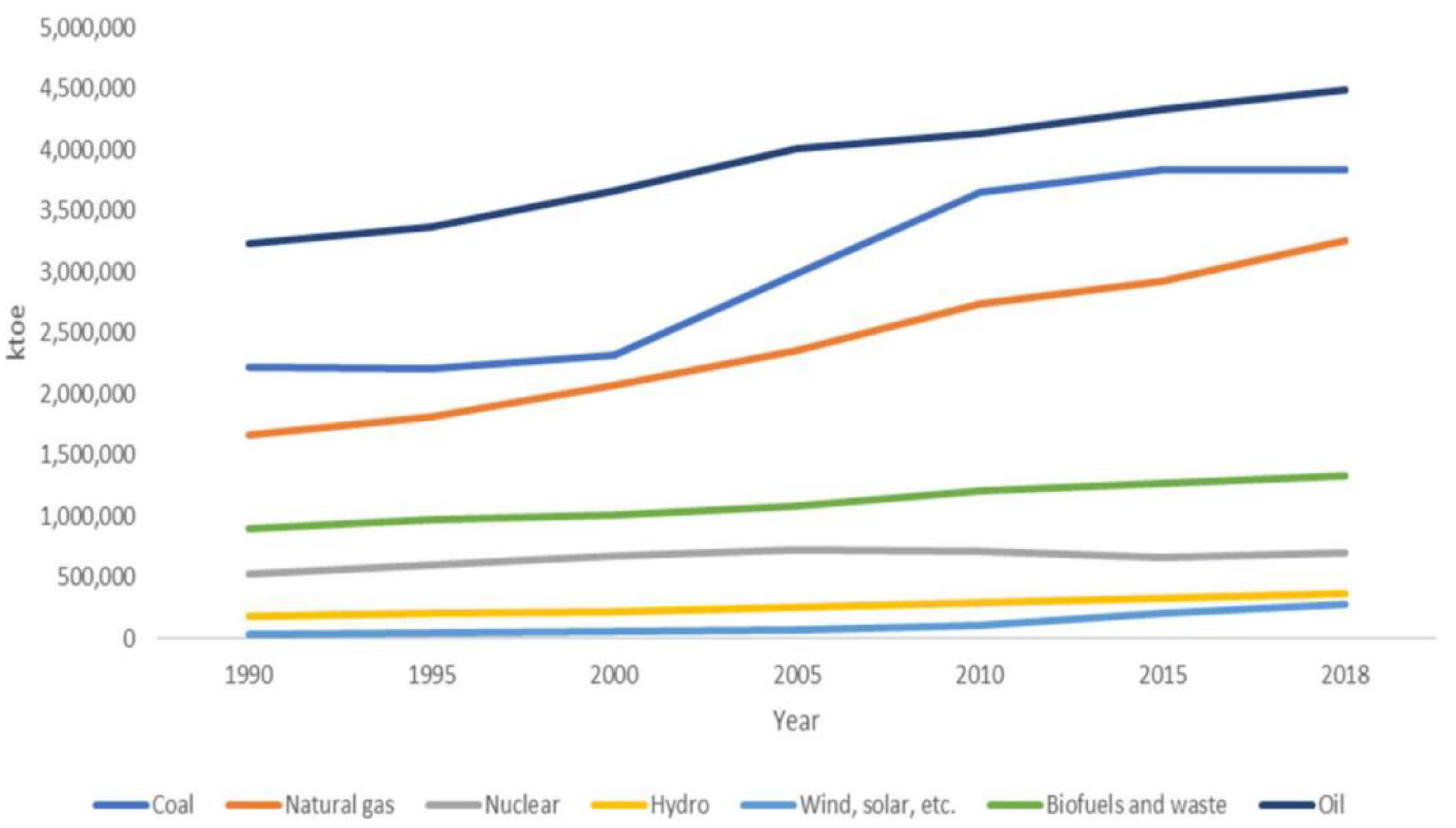
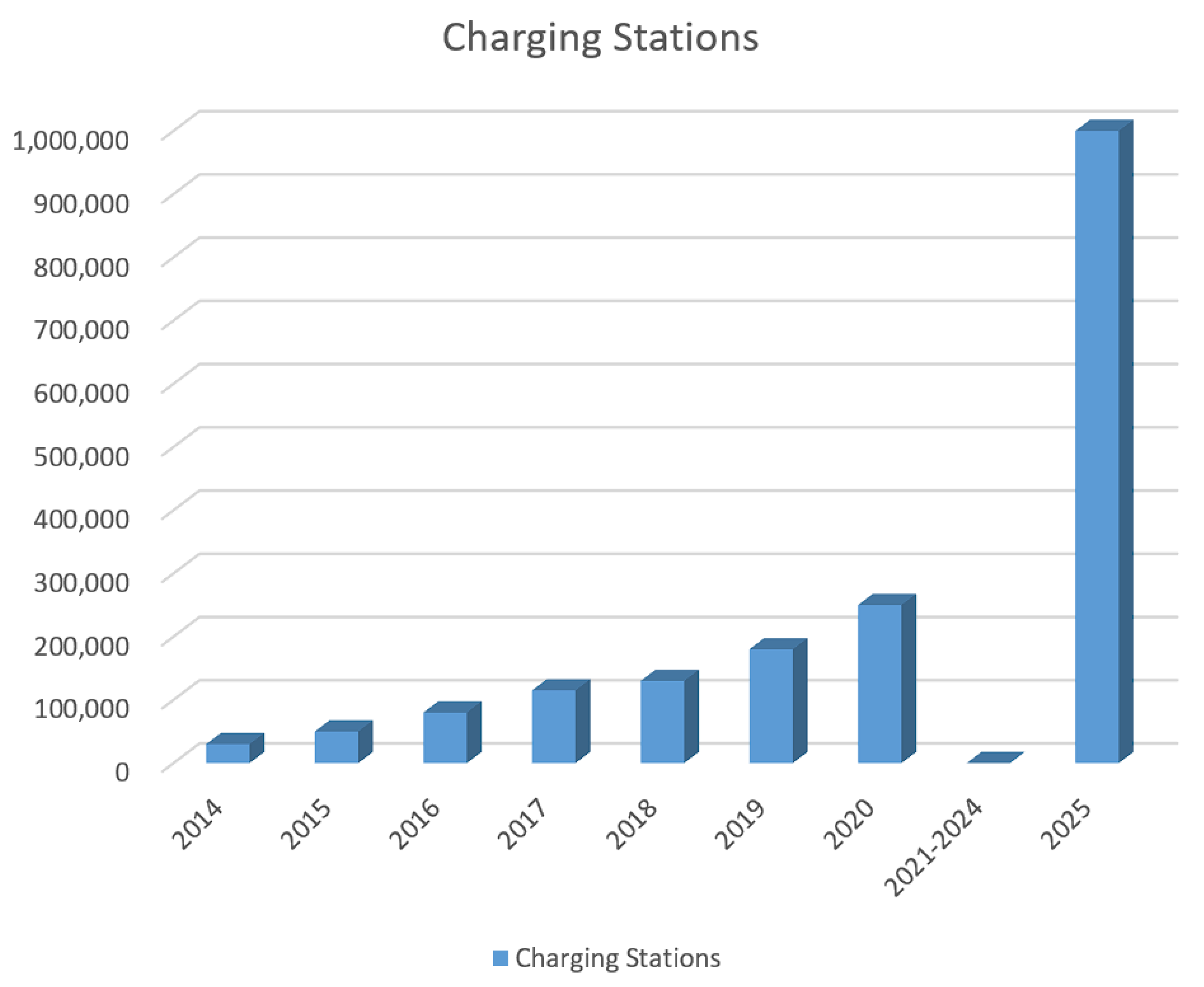
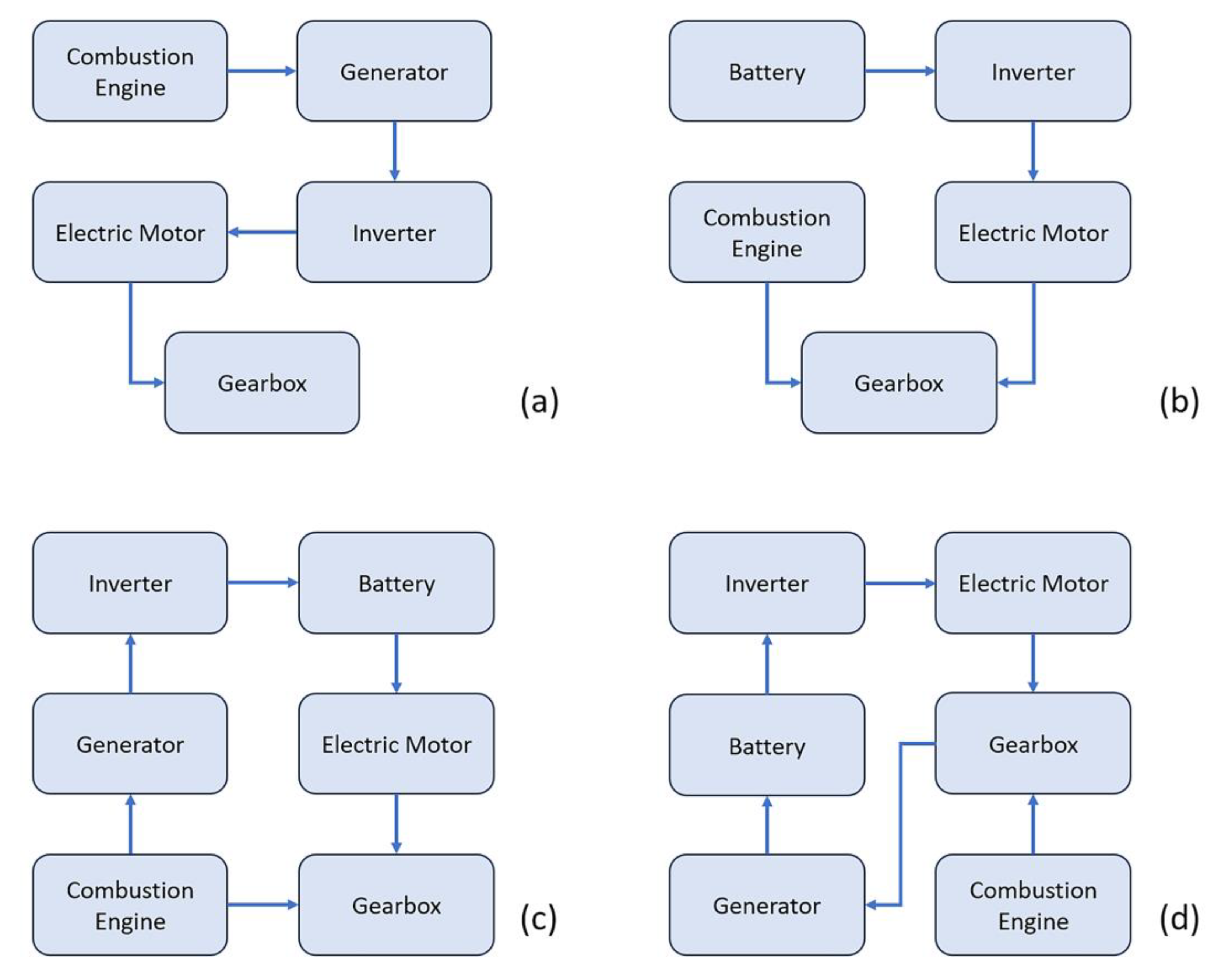

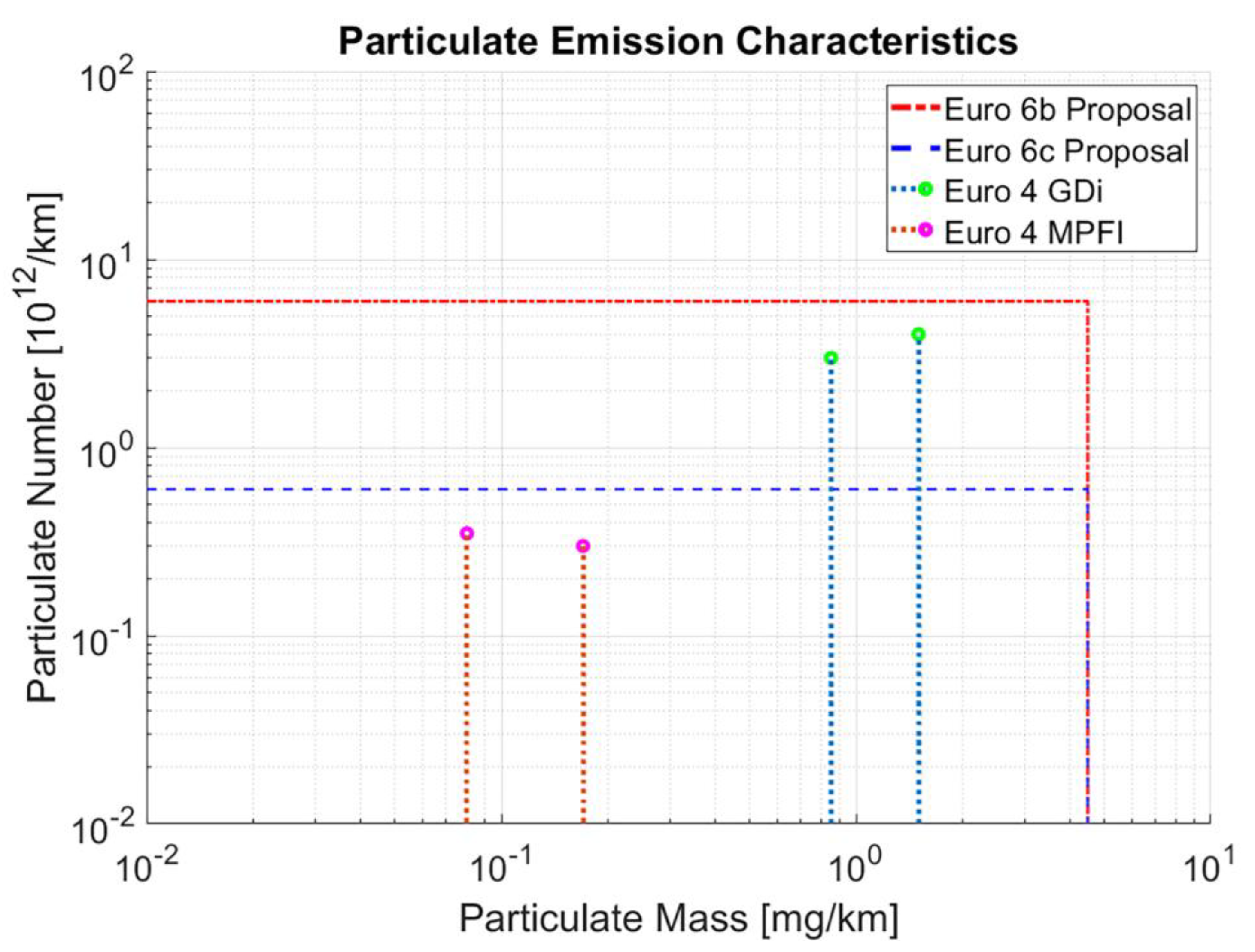
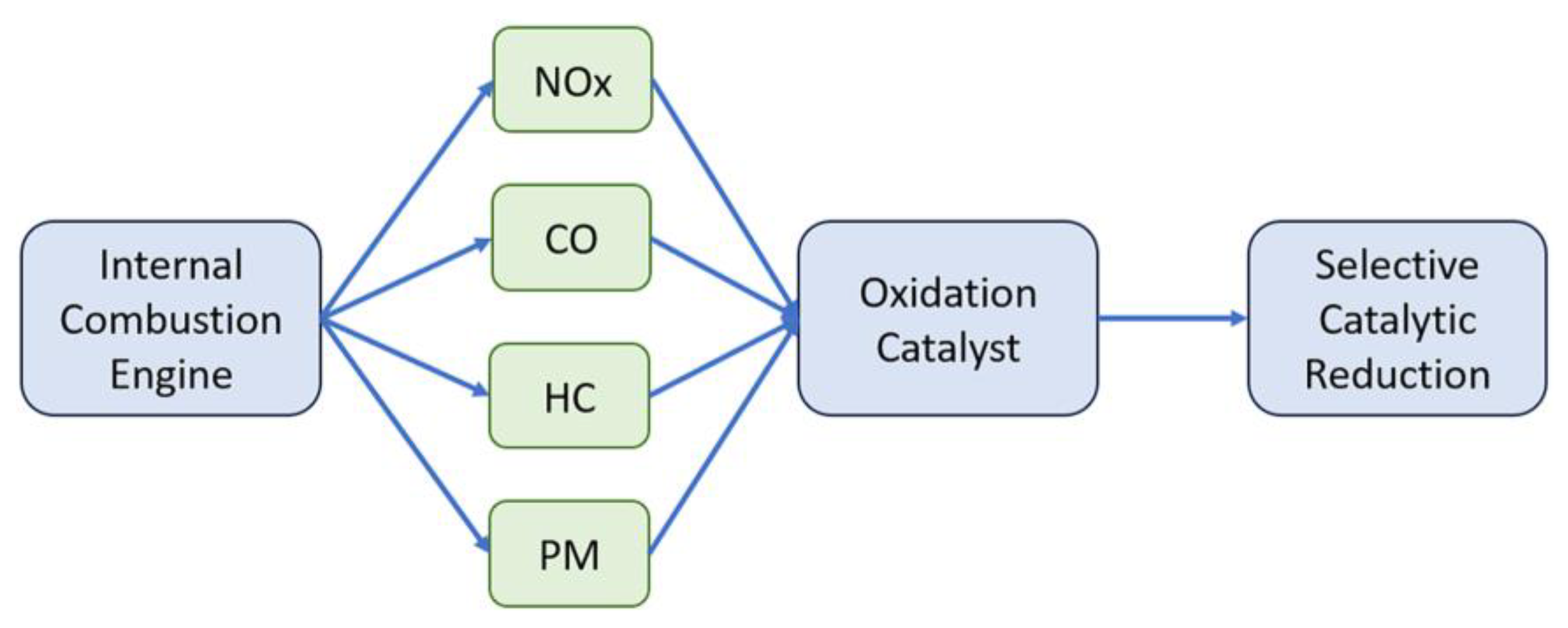
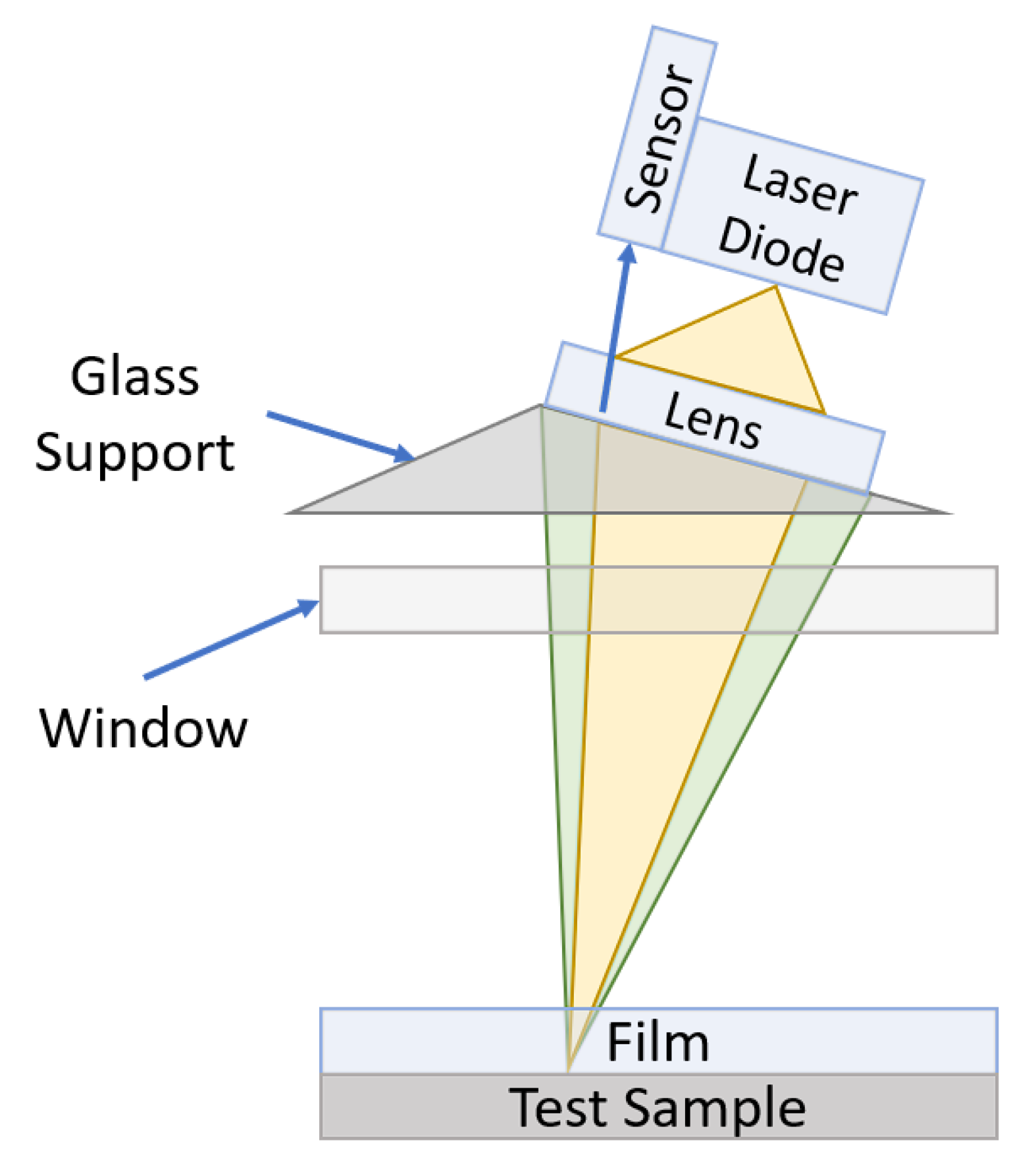
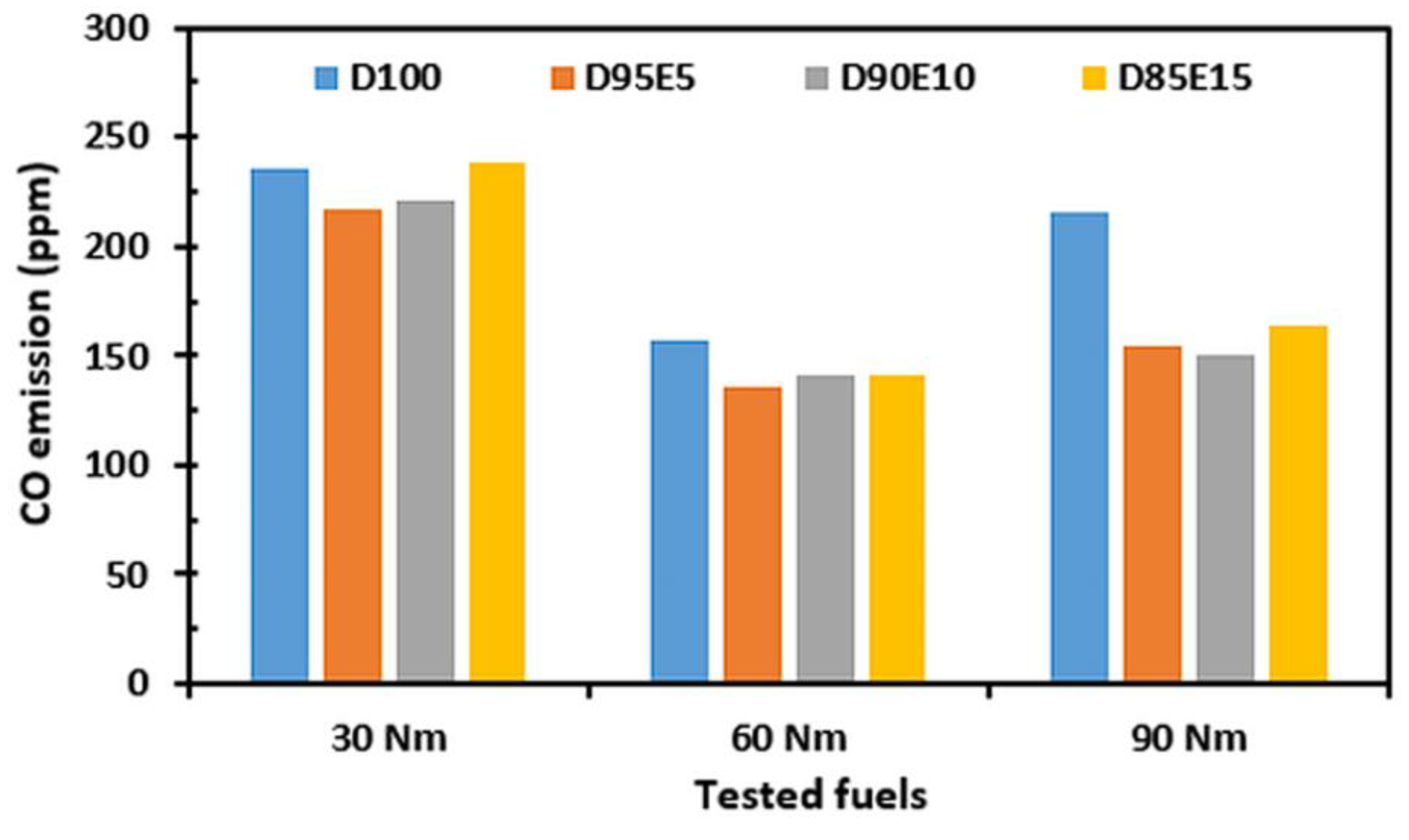
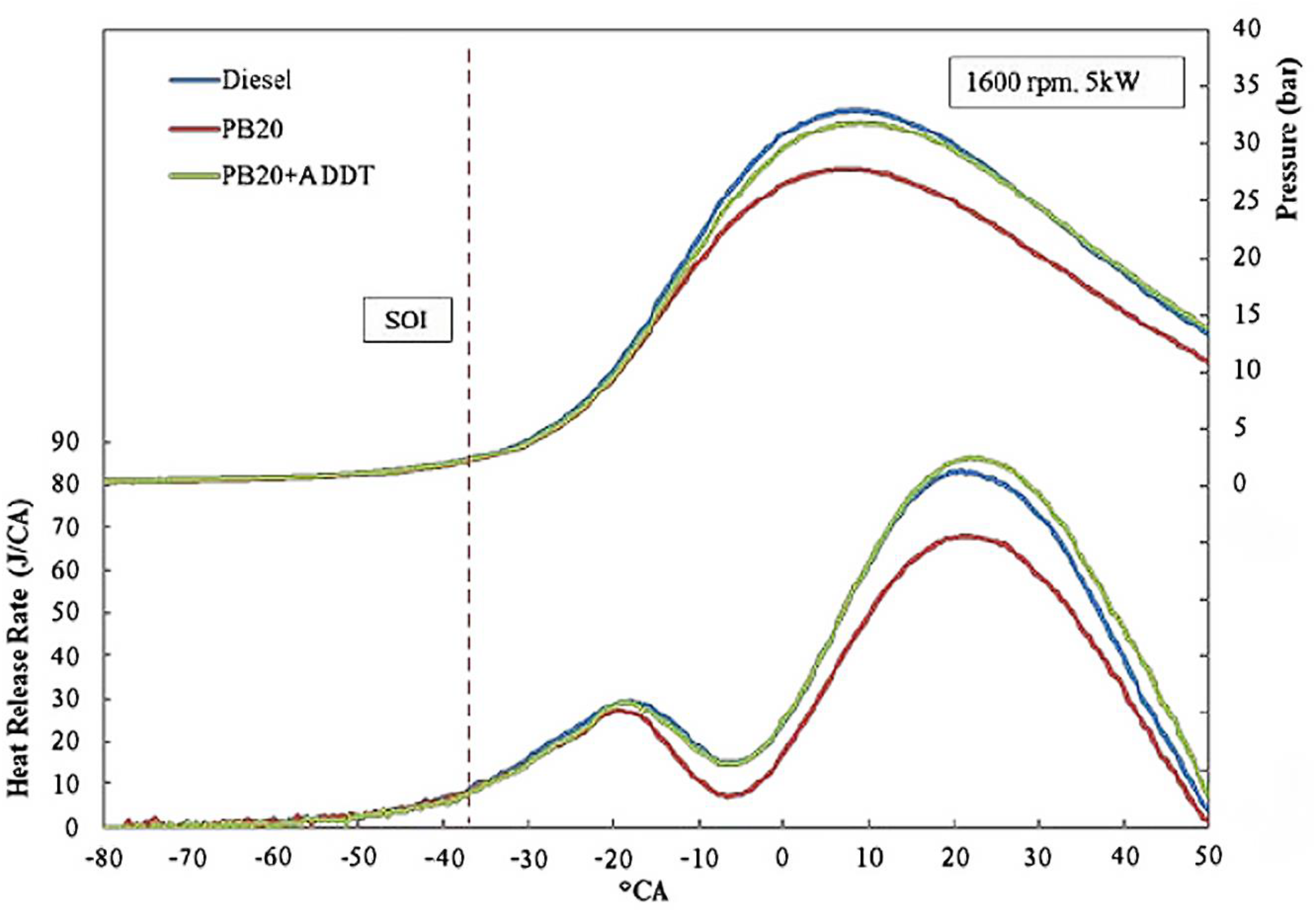
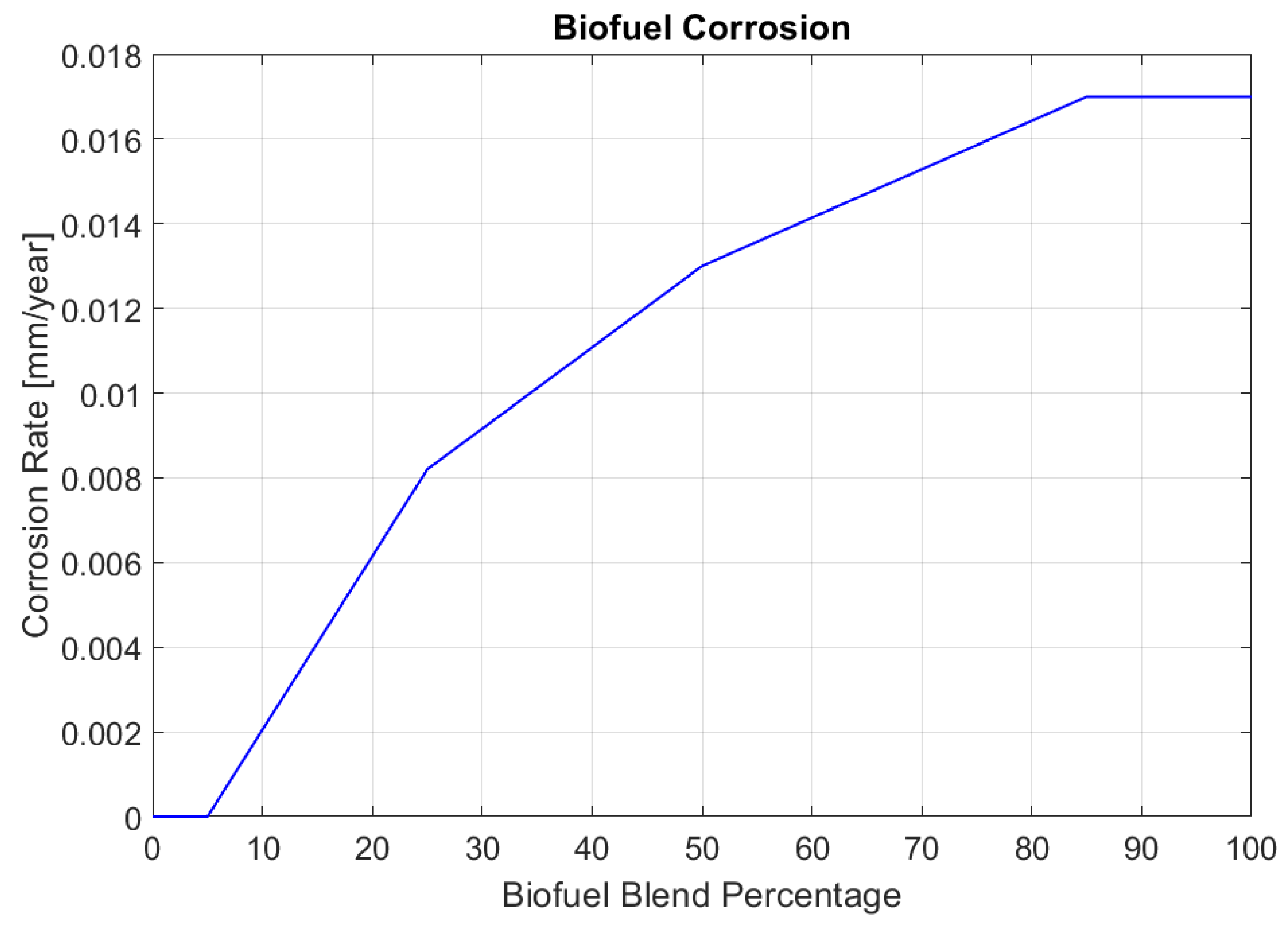
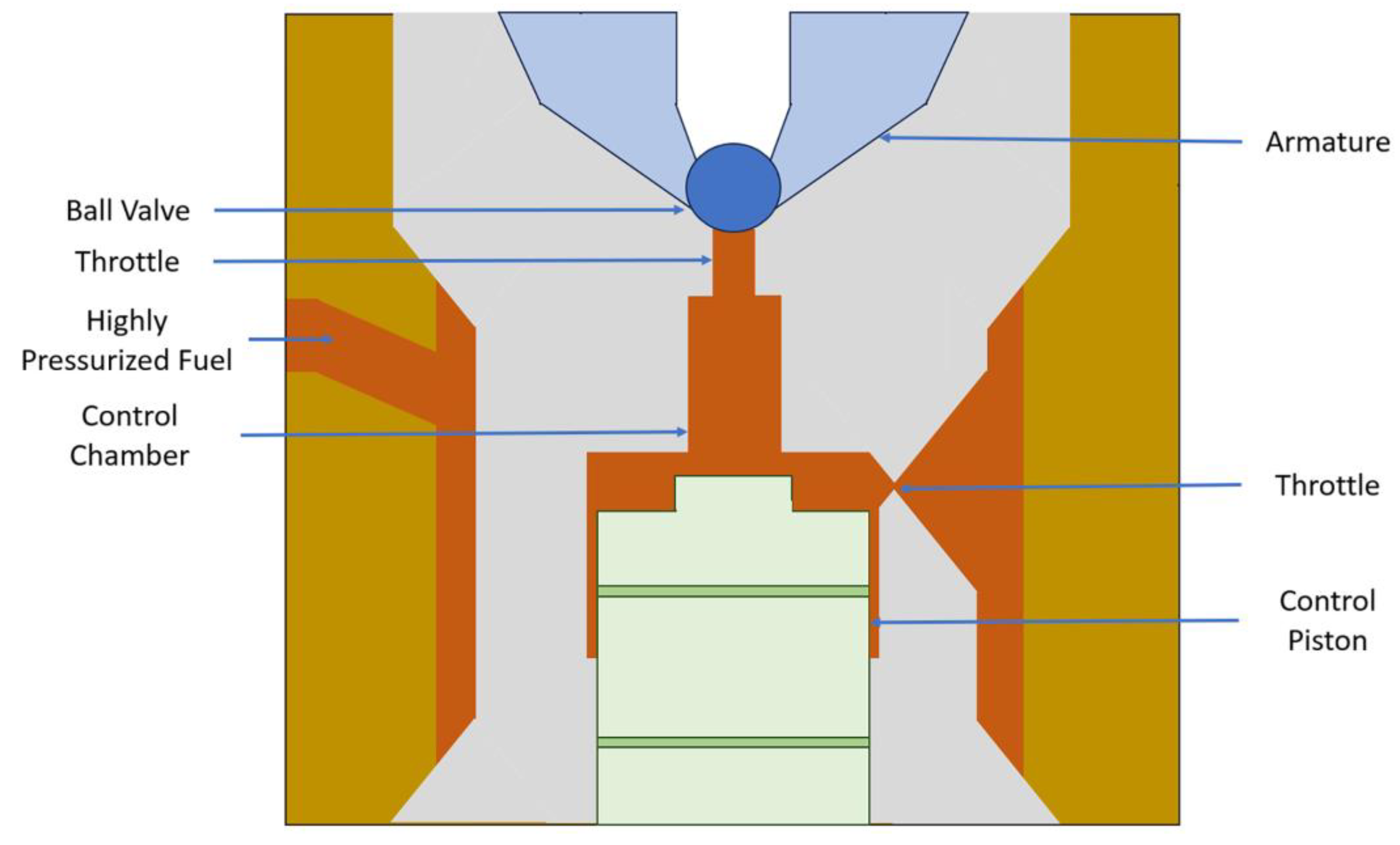
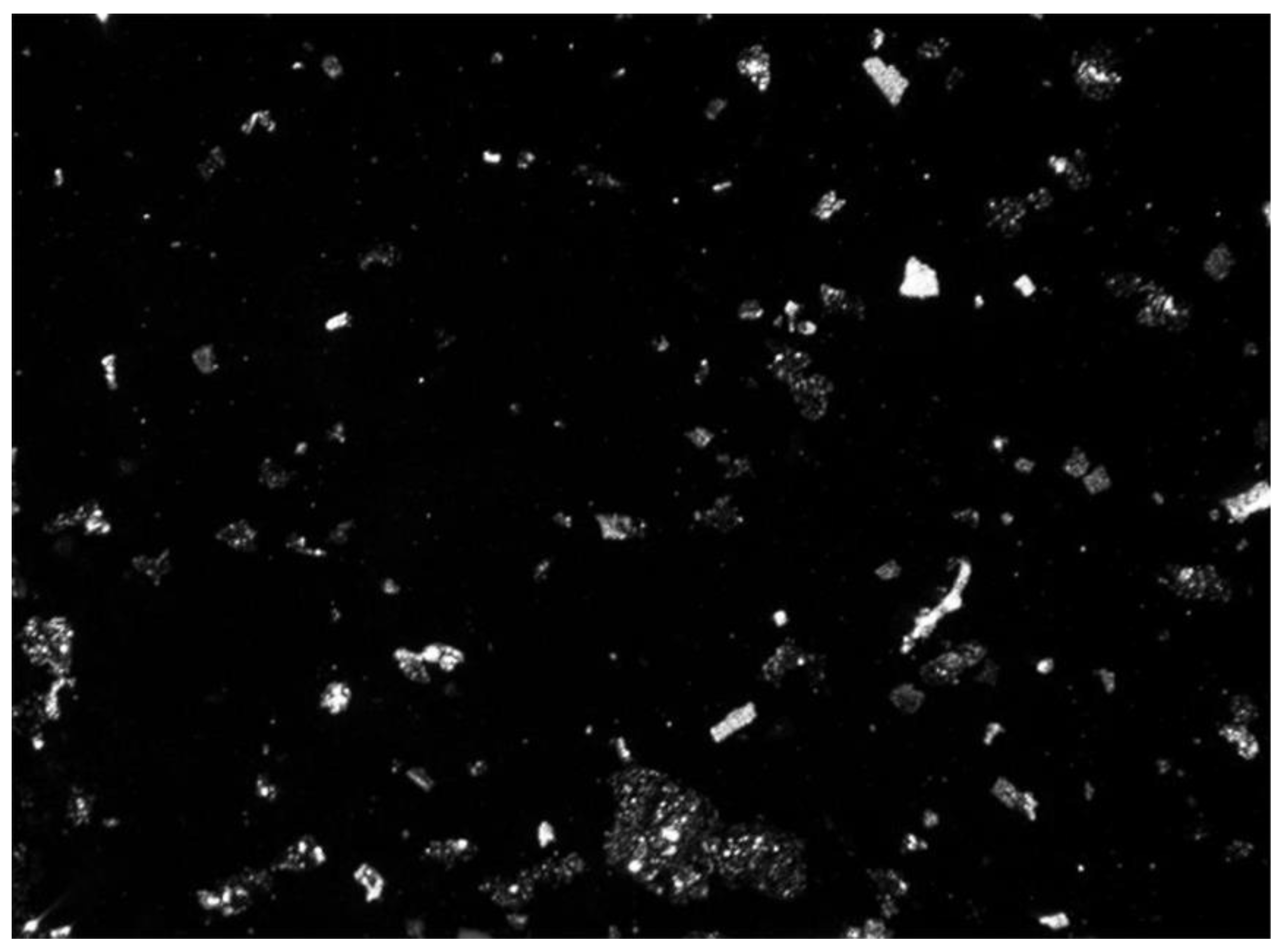
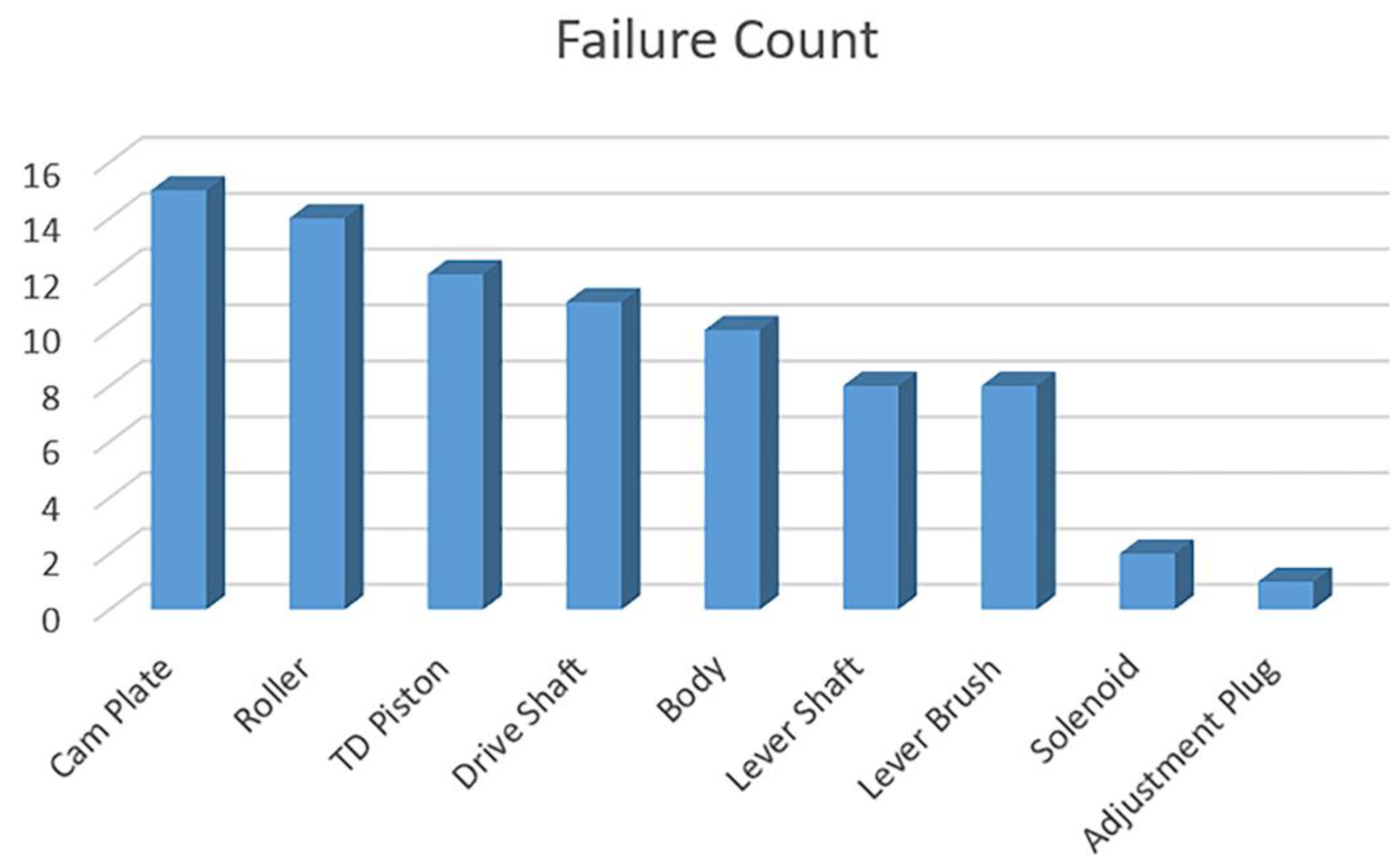
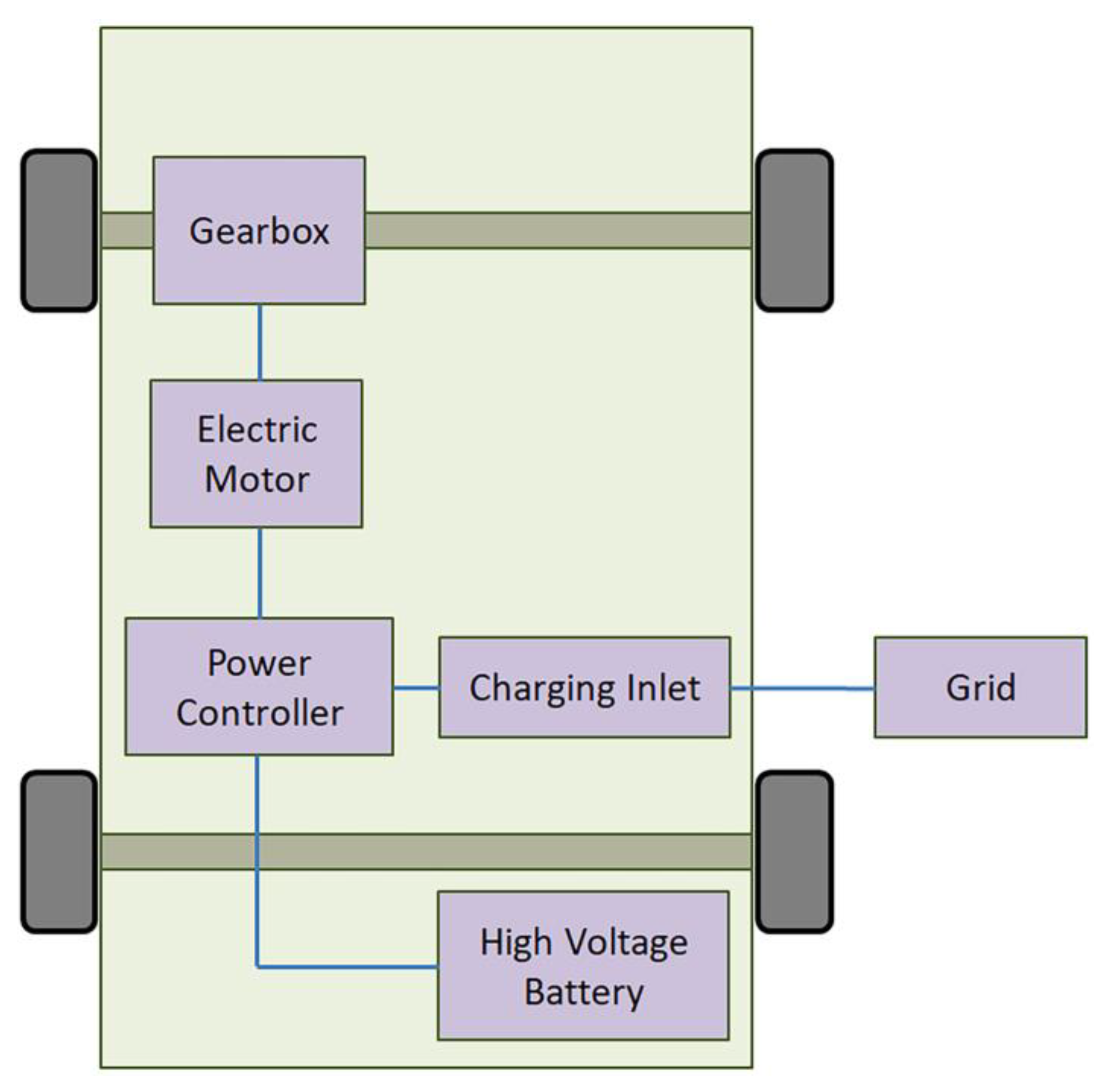
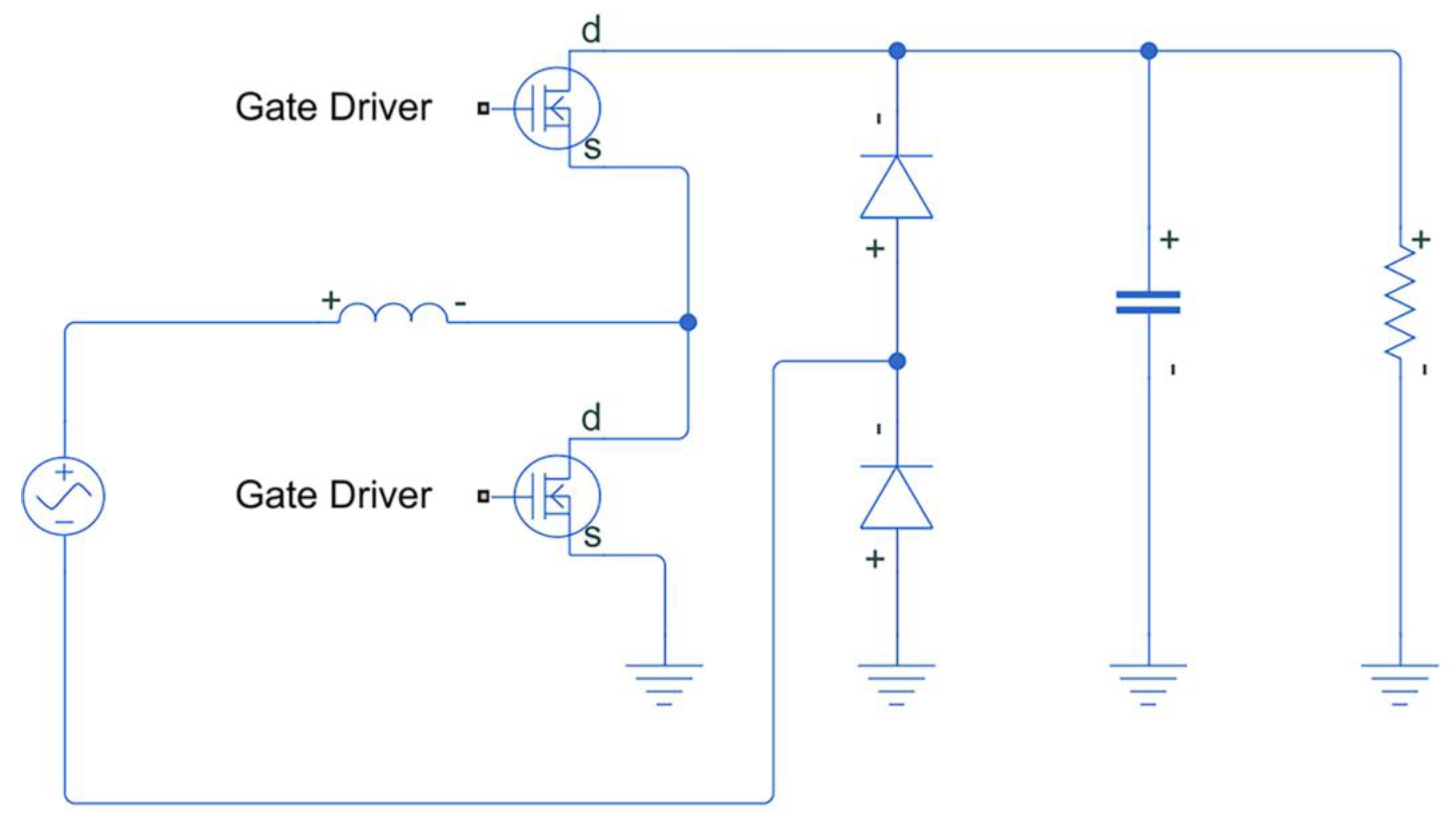
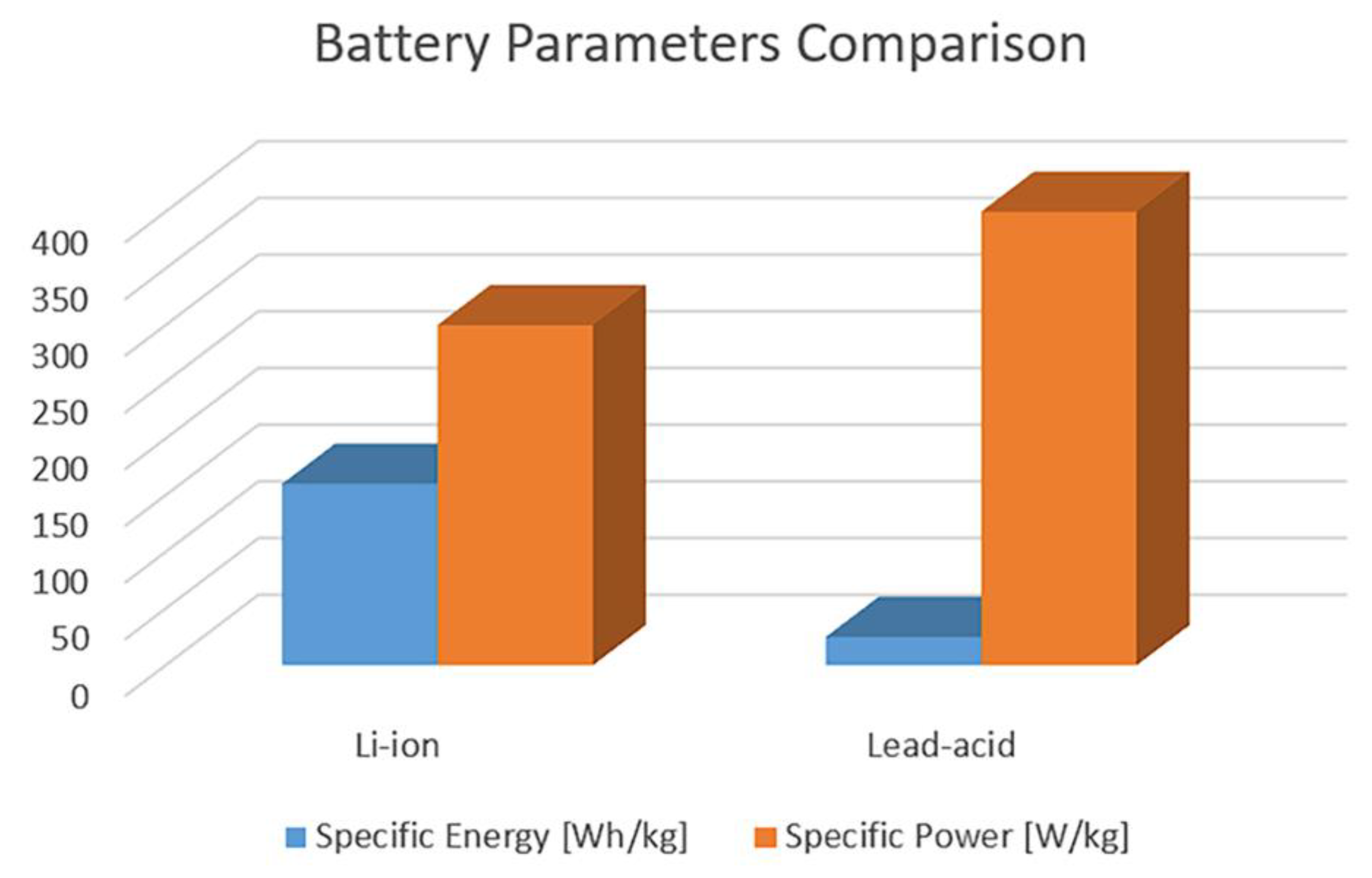

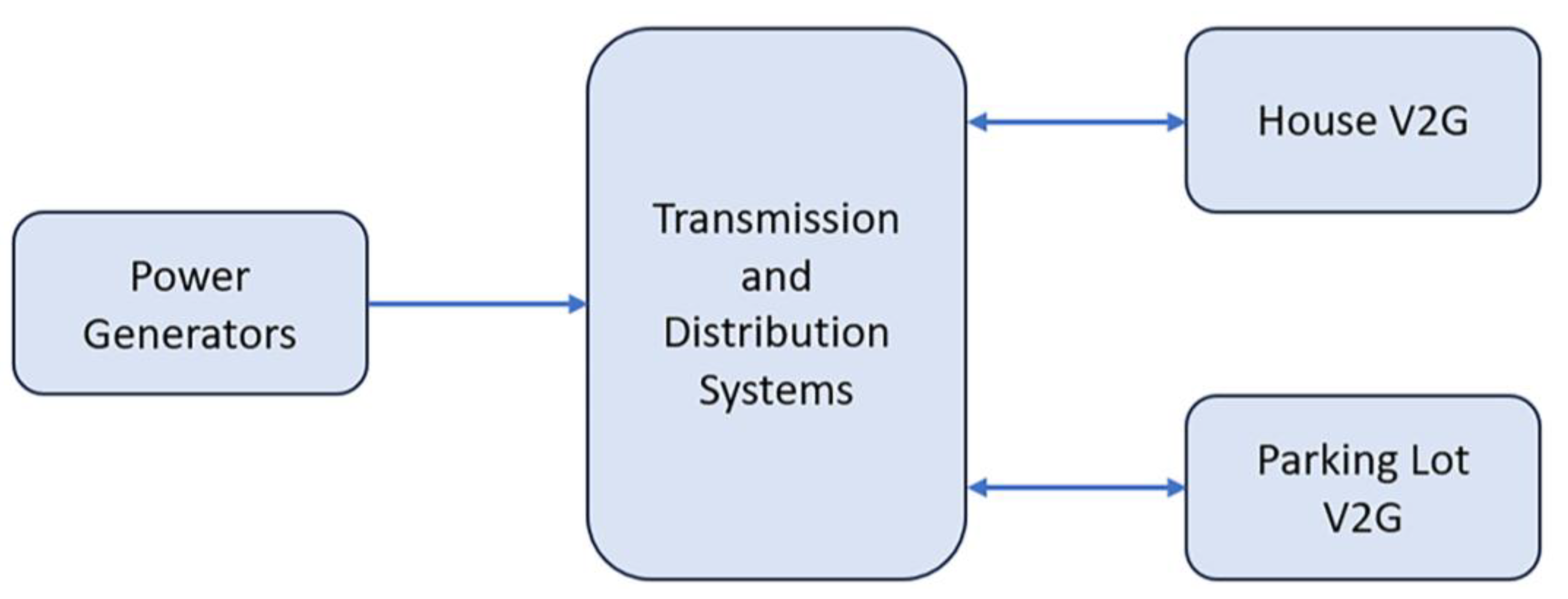

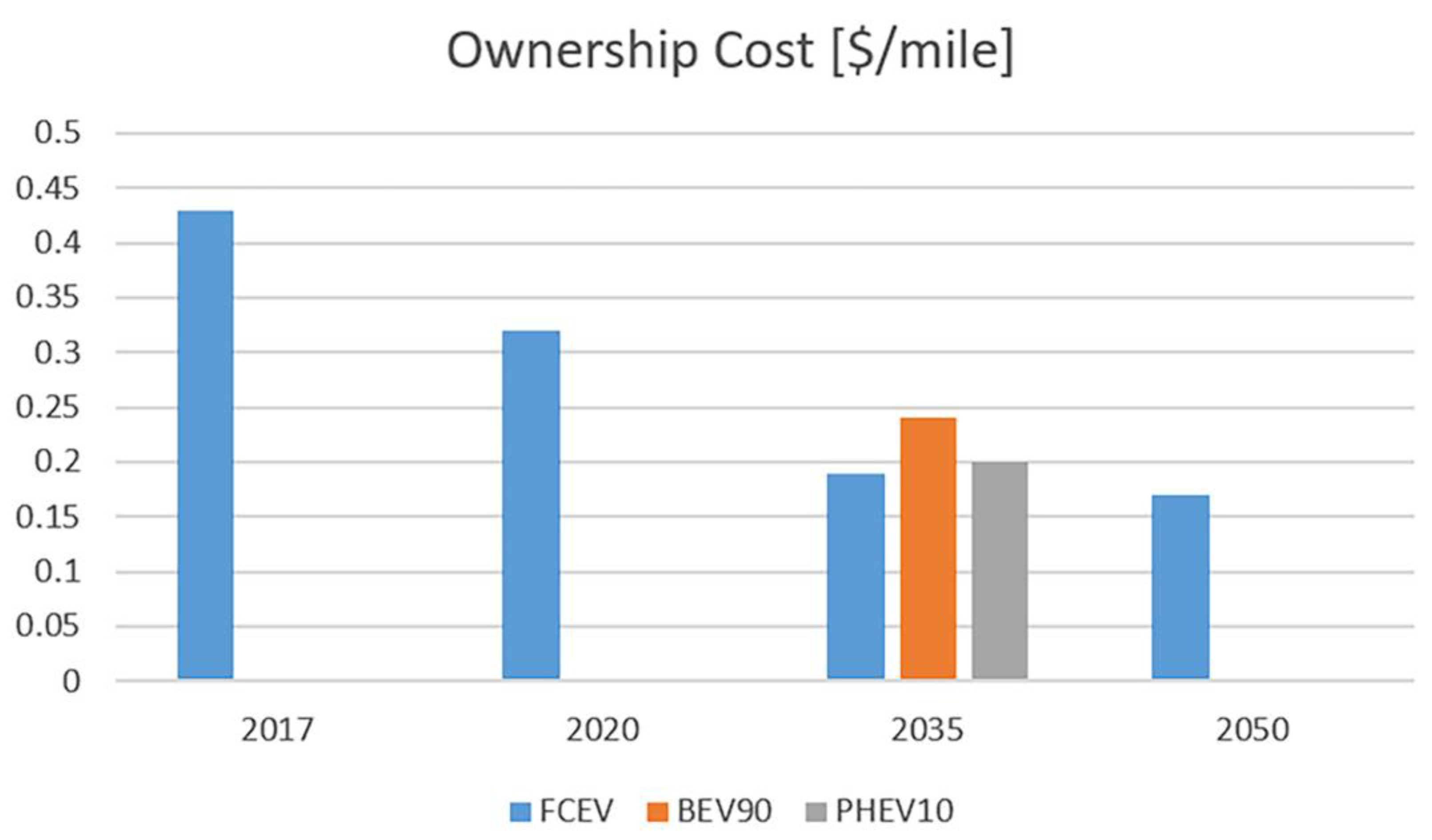
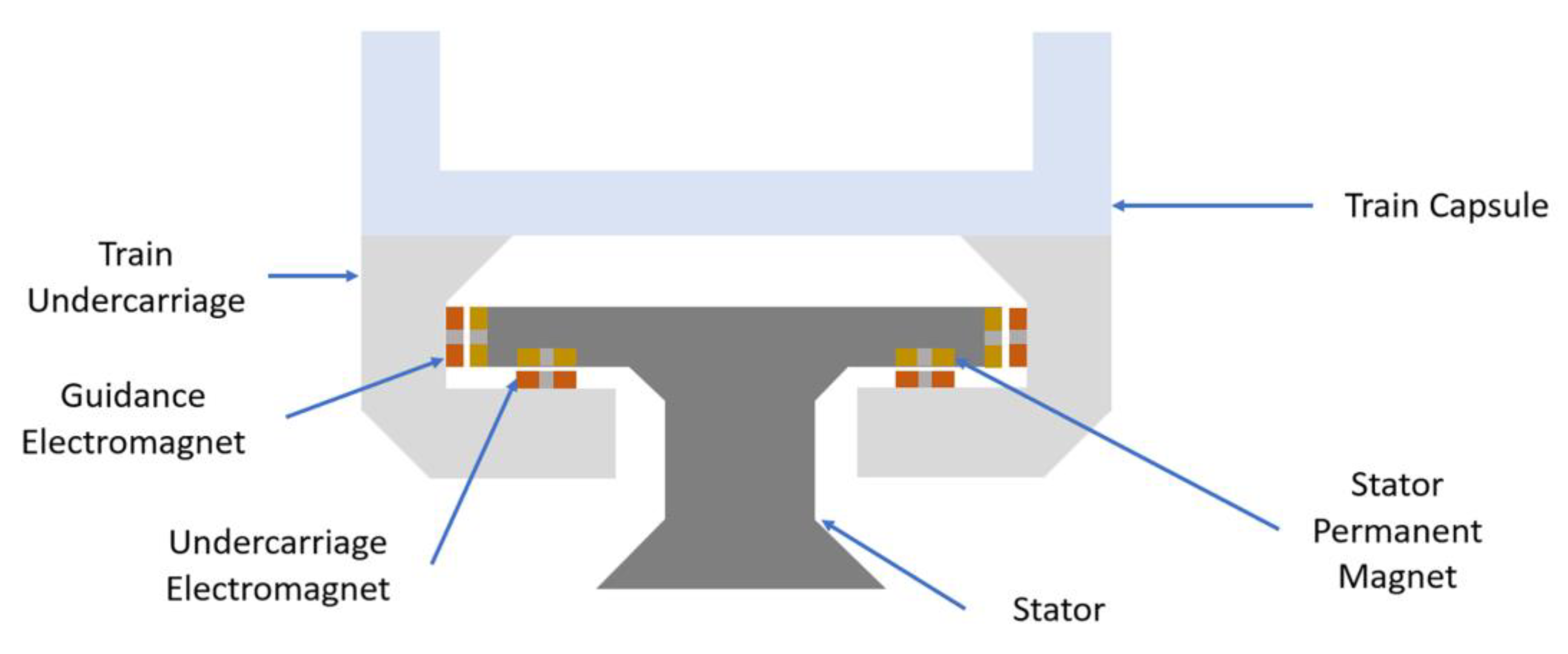



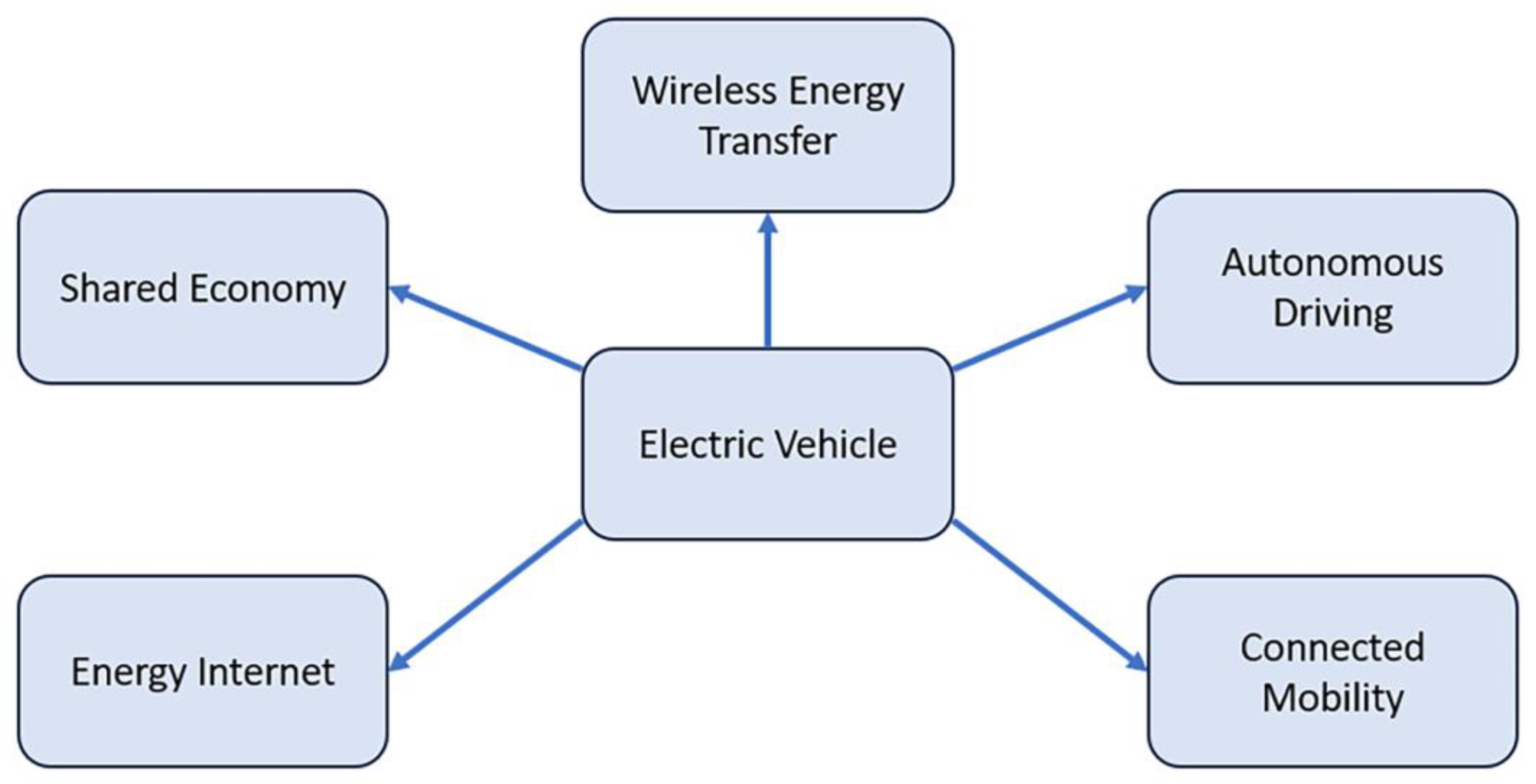
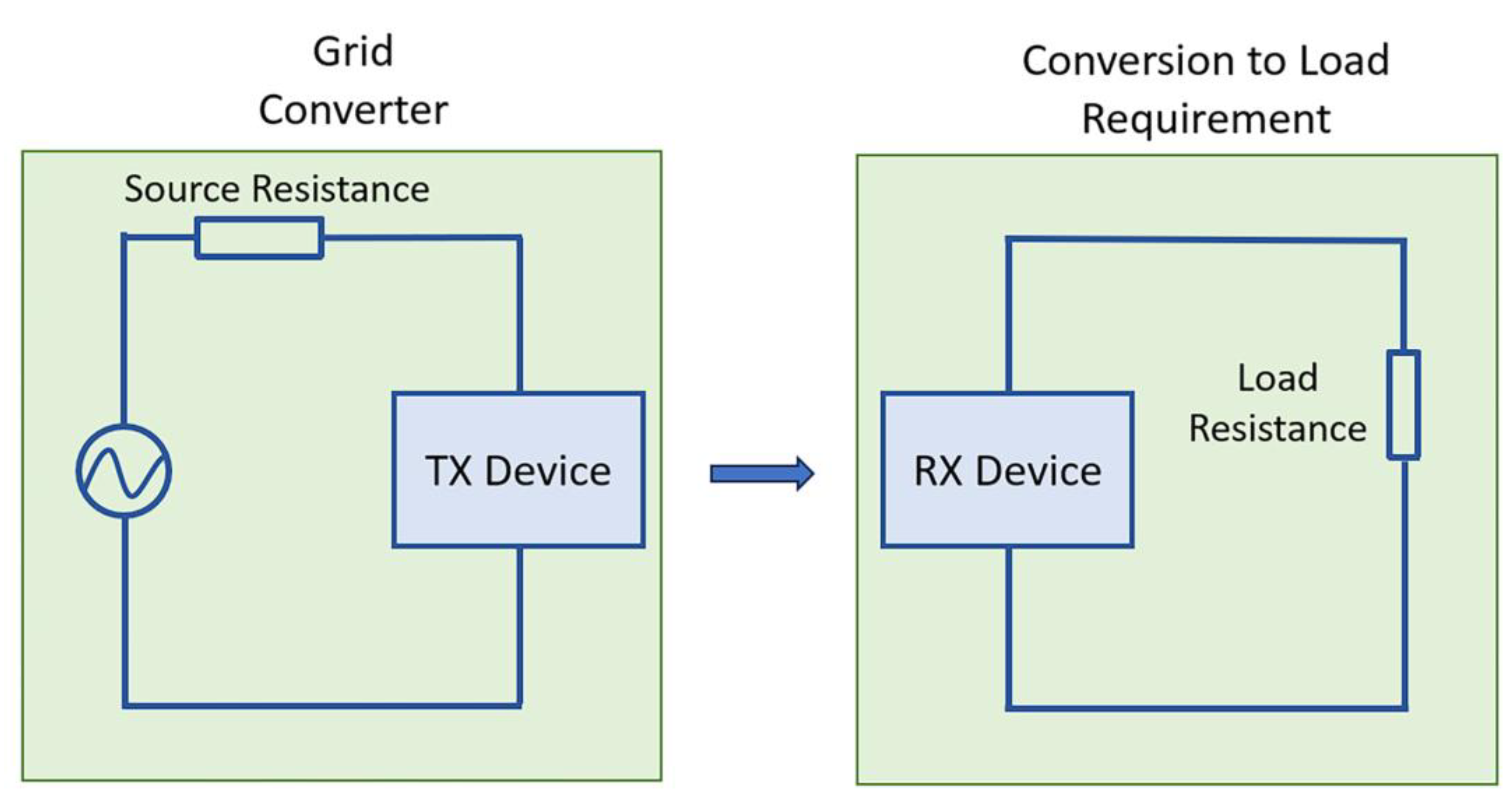

| Biodiesel Blend | Water Content [mg/kg] | Water Content above Limit |
|---|---|---|
| B5 | 85 | No |
| B10 | 111 | No |
| B40 | 416 | No |
| B50 | 560 | Yes |
| B100 | 1300 | Yes |
| Research Topic | Advantages and Compromises | Expected Effect | Future Directions |
|---|---|---|---|
| 1. Use of direct injection systems for all future transportation vehicles 1 | Robustness increases, sustainability changes based on fuel type | Improved combustion control, health concerns mitigation | Designing mechanical components for new vehicles and fuel types 3 |
| 2. Biofuel percentage increase in high pressure injection systems 1 | Sustainability increases, robustness decreases | Unexpected and frequent vehicle failures 3 | Expansion of biofuel crop areas, recall of in-service vehicles 3 |
| 3. Greenhouse gas reduction through intense biofuel use 2 | Sustainability increases, infrastructure development decreases | Commitment to zero emissions | Non-sustainable resource depletion, significant agricultural changes, biosphere degradation 4 |
| Research Topic | Advantages and Compromises | Expected Effect | Future Directions |
|---|---|---|---|
| 1. Intensive use of REM in electric motors 1 | Robustness increases, sustainability increases | Improved energy conversion ratio, improved peak power and range | REM deposits depletion, insignificant greenhouse gas compensation through green energy 3 |
| 2. Infrastructure expansion for electricity or hydrogen production 2 | Sustainability increases, infrastructure development decreases | More energy available for electric vehicles | REM deposits depletion, increased green energy and fossil fuel consumption for electricity production 4 |
| Research Topic | Advantages and Compromises | Expected Effect | Future Directions |
|---|---|---|---|
| 1. Intensive use of grid electricity to power hyperloop 1 | Infrastructure development increases, sustainability decreases | Shorter arrival time for freight and passengers | Increased green energy and fossil fuel consumption for electricity production 2 |
| 2. Immediate deployment of hyperloop vehicle networks 1 | Infrastructure development increases, sustainability significantly decreases | Replacement of conventional transportation solutions | Significant non-sustainable resource depletion, immediate GDP impact is uncertain 3 |
| Source | Frequency Band (MHz) 1 |
|---|---|
| Digital audio broadcasting | 200 |
| Terrestrial trunked radio | 390 |
| GSM mobile phones | 935 |
| DCS mobile phones | 1750 |
| Tx 3G mobile phones | 1950 |
| Wireless networks and microwave ovens | 2450 |
| Bluetooth | 2500 |
| 4G mobile phones | 3700 |
| 5G mobile phones | 52,000 |
| Solution | Critical Dependency | Sustainability Requirement |
|---|---|---|
| 1. ICE vehicles | Refined oil and biofuel production for operation | Adapting control software and mechanical components to new fuel characteristics; Expanding biofuel farmland 1 |
| 2. Electric vehicles | Energy grid for charging; REMs for engine manufacturing | AC generation needs to approach a carbon neutral footprint; Recycling REMs |
| 3. Extended capability vehicles (Hyperloop) | Energy grid for operation | AC generation needs to approach a carbon neutral footprint |
| Research Topic | Advantages and Compromises | Expected Effect | Future Directions |
|---|---|---|---|
| 1. Intensive use of charging station energy 1 | Infrastructure development is uncertain, sustainability increases | Commitment to zero emissions | Increased availability for green energy 3,4, biosphere degradation is uncertain 6 |
| 2. Increased green energy availability 1 | Infrastructure development is uncertain, sustainability further increases | Increasing number of SBSP satellites | Legal and territorial limitations are uncertain 4, biosphere may degrade 6 |
| 3. Use and maintenance of high-energy conversion units for space applications 2 | Robustness increases, sustainability further increases | More effective orbital energy transfer | Operator health degradation 5, biosphere may degrade 6 |
Disclaimer/Publisher’s Note: The statements, opinions and data contained in all publications are solely those of the individual author(s) and contributor(s) and not of MDPI and/or the editor(s). MDPI and/or the editor(s) disclaim responsibility for any injury to people or property resulting from any ideas, methods, instructions or products referred to in the content. |
© 2023 by the authors. Licensee MDPI, Basel, Switzerland. This article is an open access article distributed under the terms and conditions of the Creative Commons Attribution (CC BY) license (https://creativecommons.org/licenses/by/4.0/).
Share and Cite
Covaci, M.-A.; Gălătuș, R.V.; Petreuș, D.M.; Szolga, L.A. Renewability and Robustness Analysis and Review for Sustainable-Technology Propulsion Systems in Modern Transportation Infrastructure Administration. Appl. Sci. 2023, 13, 13026. https://doi.org/10.3390/app132413026
Covaci M-A, Gălătuș RV, Petreuș DM, Szolga LA. Renewability and Robustness Analysis and Review for Sustainable-Technology Propulsion Systems in Modern Transportation Infrastructure Administration. Applied Sciences. 2023; 13(24):13026. https://doi.org/10.3390/app132413026
Chicago/Turabian StyleCovaci, Mihnea-Antoniu, Ramona Voichița Gălătuș, Dorin Marius Petreuș, and Lorant Andras Szolga. 2023. "Renewability and Robustness Analysis and Review for Sustainable-Technology Propulsion Systems in Modern Transportation Infrastructure Administration" Applied Sciences 13, no. 24: 13026. https://doi.org/10.3390/app132413026
APA StyleCovaci, M.-A., Gălătuș, R. V., Petreuș, D. M., & Szolga, L. A. (2023). Renewability and Robustness Analysis and Review for Sustainable-Technology Propulsion Systems in Modern Transportation Infrastructure Administration. Applied Sciences, 13(24), 13026. https://doi.org/10.3390/app132413026










